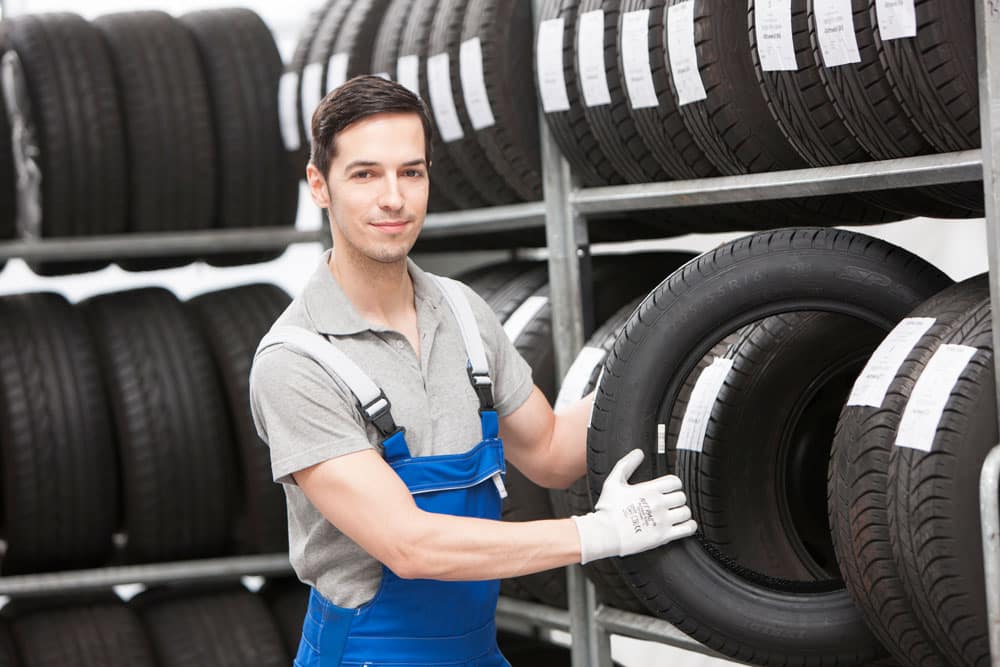Tire technicians typically work in car dealerships and automotive repair shops to inspect, replace, install and repair tires on trucks, cars, and other vehicles. They tend to work alongside the mechanics with a focus on ensuring that tires are reliable, safe, and work with other car systems. To be qualified in this position, you should be very attentive to detail as you typically will examine for signs of tire failure and wear. Tire technicians are also responsible for giving recommendations to customers about tire care and replacement.
Take a few minutes to create or upgrade your resume. Browse through our resume examples to identify the best way to word your resume. Then choose from 10+ resume templates to create your Tire Technician resume.
Here are examples of responsibilities from real tire technician resumes representing typical tasks they are likely to perform in their roles.

High Paying Tire Technician Jobs - $53K and Up
Search jobs near in the US
Entry Level Tire Technician Jobs
Little to no experience required
Part Time Tire Technician Jobs
Part Time Jobs Hiring Now
Actively Hiring
Tire Technician jobs added within last 7 days
No Degree Tire Technician Jobs
Search jobs with no degree required
Need A Perfect Tire Technician Resume?
Our AI resume builder helps you write a compelling and relevant resume for the jobs you want.
When it comes to understanding what a tire technician does, you may be wondering, "should I become a tire technician?" The data included in this section may help you decide. Compared to other jobs, tire technicians have a growth rate described as "little or no change" at -1% between the years 2018 - 2028, according to the Bureau of Labor Statistics. In fact, the number of tire technician opportunities that are predicted to open up by 2028 is -6,400.
In fact, the number of tire technician opportunities that are predicted to open up by 2028 is -6,400.
Tire technicians average about $18.45 an hour, which makes the tire technician annual salary $38,376. Additionally, tire technicians are known to earn anywhere from $27,000 to $53,000 a year. This means that the top-earning tire technicians make $30,000 more than the lowest earning ones.
It's hard work to become a tire technician, but even the most dedicated employees consider switching careers from time to time. Whether you're interested in a more challenging position or just looking for a fresh start, we've compiled extensive information on becoming a mechanic helper, shop mechanic, auto mechanic, and light wheel mechanic.
Learn More About Tire Technician Job Descriptions
Build a professional tire technician resume in minutes. Browse through our resume examples to identify the best way to word your resume.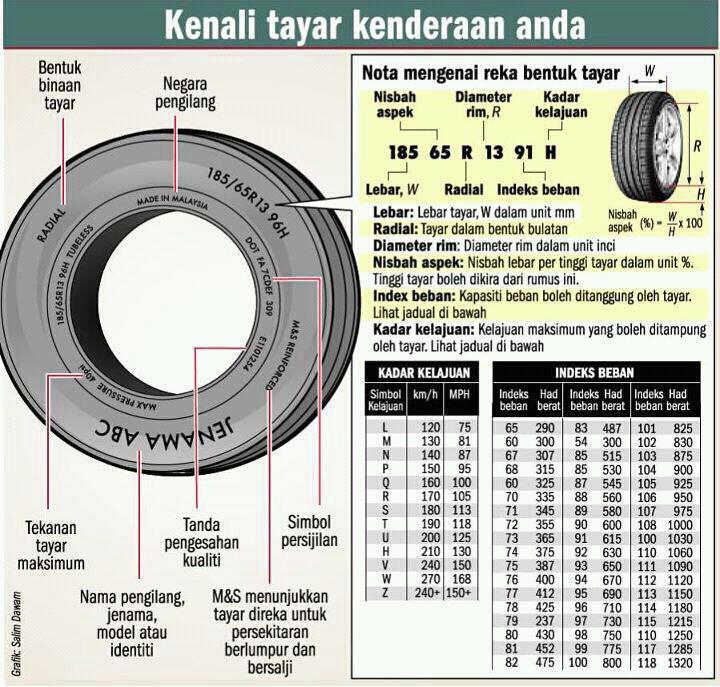 Then choose from 12+ resume templates to create your tire technician resume.
Then choose from 12+ resume templates to create your tire technician resume.
|
Mark Weaver Tire Technician Contact Information Lansing, MI (380) 555-0899 Skills
Employment History Tire Technician 2020 - Present Belle Tire Lansing, MI
General Service Technician 2019 - 2020 Firestone Complete Auto Care Houston, TX
Roughneck 2010 - 2019 Key Energy Services Houston, TX
Education High School Diploma 2010 - 2010 |
|
|
Bobby Hart Tire Technician Contact Info Chicago, IL (960) 555-4455 Skills Power SteeringClean VehicleLocal Automobile DeliveriesTest EquipmentClean CarsUnload TiresTire PressureVehicle ExteriorDealershipCertain Number Employment History Tire Technician 2017 - Present Jiffy Lube Chicago, IL
Tire Repairman 2009 - 2017 Love's Travel Stops & Country Stores Orangeburg, SC
Car Porter 2008 - 2009 TravelCenters of America Cartersville, GA
Education High School Diploma 2008 - 2008 |
|
|
Harold Howard Tire Technician Syosset, NY (390) 555-6038 Experience Tire Technician2018 - Present Mavis Tire Supply•Syosset, NY
Tire Mechanic2008 - 2018 Harsco•Columbia, SC
Tire Technician2007 - 2008 Walmart•Columbia, SC
Skills Customer VehiclesSafety ProceduresQCPatient CareAlignment MachineStorage AreasDiagnosisHand ToolsTLETire Pressure Education High School Diploma 2007 - 2007 |
|
Create My Resume
Build a professional resume in minutes using this template.
We calculated that 18% of Tire Technicians are proficient in Customer Service, Commercial Vehicles, and Customer Satisfaction. They’re also known for soft skills such as Customer-service skills, Detail oriented, and Dexterity.
We break down the percentage of Tire Technicians that have these skills listed on their resume here:
Provided helpful, friendly and responsive customer service while providing accurate and informative wheel related information and recommendations to customers.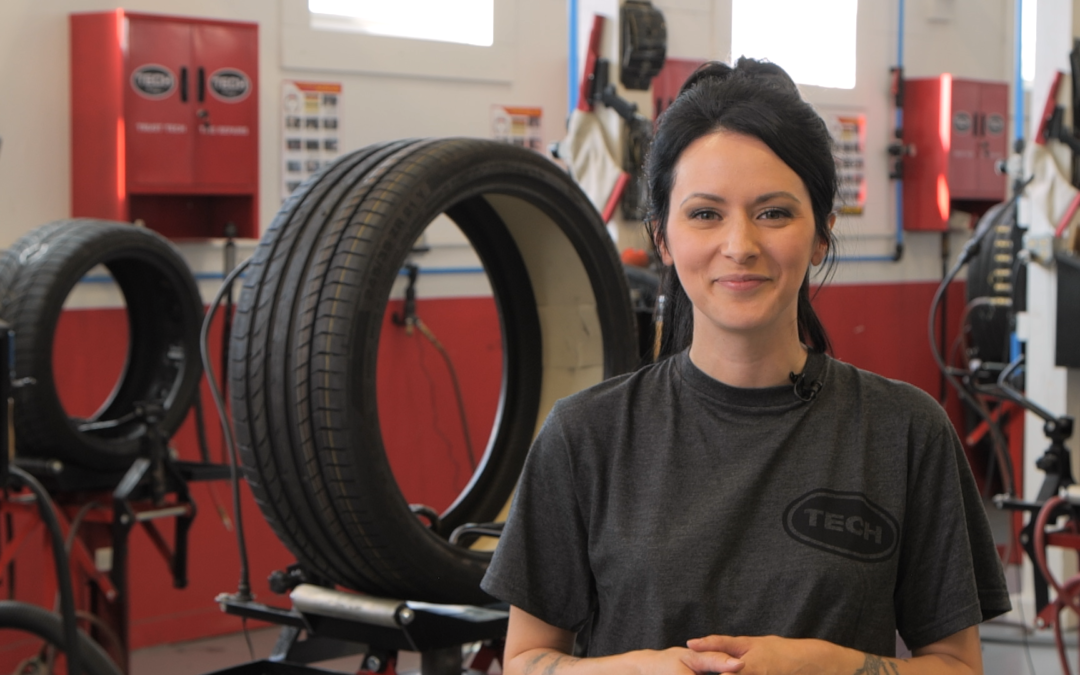
Performed maintenance on passenger and commercial vehicles.
Supervised small staffs and delegated their work* Trained new staff members in high-paced atmosphere* Addressed customer complaints and ensured customer satisfaction
Maintained quality control and safety standards.
Advised customers on tire and battery safety/maintenance.
Installed wheel/tire combinations on customer vehicles.
Some of the skills we found on tire technician resumes included "customer service," "commercial vehicles," and "customer satisfaction." We have detailed the most important tire technician responsibilities below.
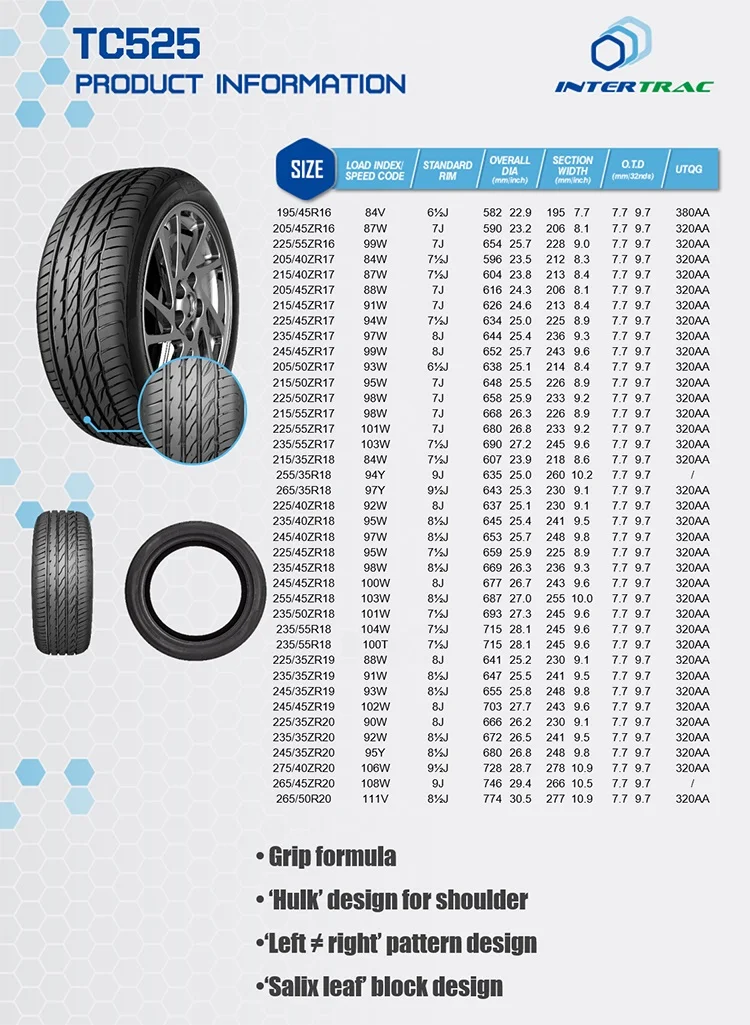 "
" "
"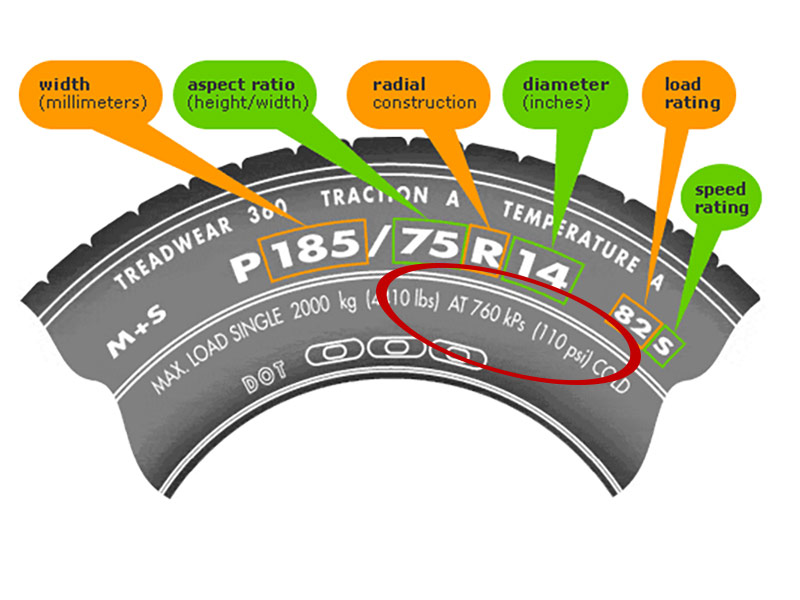 " According to tire technician resumes, "service technicians must sometimes lift and maneuver heavy parts such as engines and body panels." This resume example highlights how tire technician responsibilities rely on this skill: "inventory tires and organize skills used organization skills, physical strength, customer service"
" According to tire technician resumes, "service technicians must sometimes lift and maneuver heavy parts such as engines and body panels." This resume example highlights how tire technician responsibilities rely on this skill: "inventory tires and organize skills used organization skills, physical strength, customer service"See the full list of tire technician skills.
The tire technicians who went onto college to earn a more in-depth education generally studied automotive technology and business, while a small population of tire technicians studied general studies and criminal justice.
Once you've obtained the level of education you're comfortable with, you might start applying to companies to become a tire technician. We've found that most tire technician resumes include experience from Love's Travel Stops & Country Stores, Les Schwab Tire Centers, and Belle Tire. Of recent, Love's Travel Stops & Country Stores had 1,209 positions open for tire technicians. Meanwhile, there are 459 job openings at Les Schwab Tire Centers and 251 at Belle Tire.
Meanwhile, there are 459 job openings at Les Schwab Tire Centers and 251 at Belle Tire.
If you're interested in companies where tire technicians make the most money, you'll want to apply for positions at State Street, Tesla, and Madison Honda. We found that at State Street, the average tire technician salary is $82,081. Whereas at Tesla, tire technicians earn roughly $43,630. And at Madison Honda, they make an average salary of $42,720.
View more details on tire technician salaries across the United States.
If you earned a degree from the top 100 educational institutions in the United States, you might want to take a look at Walmart, Sam's Club, and Discount Tire. These three companies have hired a significant number of tire technicians from these institutions.
The three companies that hire the most prestigious tire technicians are:
High Paying Tire Technician Jobs - $53K and Up
Search jobs near in the US
Entry Level Tire Technician Jobs
Little to no experience required
Part Time Tire Technician Jobs
Part Time Jobs Hiring Now
Actively Hiring
Tire Technician jobs added within last 7 days
No Degree Tire Technician Jobs
Search jobs with no degree required
Create The Perfect Resume
Our resume builder tool will walk you through the process of creating a stand-out Architect resume.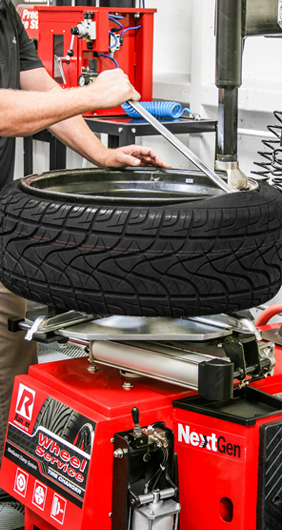
The job of a mechanic helper is to support lead mechanics and perform a variety of duties and responsibilities. You will be assisting in the maintenance of cars, such as changing tires and oils, replacing brakes, and diagnosing vehicle issues. In addition, you will be responsible for logging labor costs and inventory use and take vehicles for test drives. Other duties include replacing belts and hoses, assisting the lead mechanic in major projects, and repairing and maintaining cars.
We looked at the average tire technician annual salary and compared it with the average of a mechanic helper. Generally speaking, mechanic helpers receive $6,484 lower pay than tire technicians per year.
While the salaries between these two careers can be different, they do share some of the same responsibilities. Employees in both tire technicians and mechanic helpers positions are skilled in service calls, hoists, and work ethic.
There are some key differences in responsibilities as well. For example, a tire technician responsibilities require skills like "customer service," "commercial vehicles," "customer satisfaction," and "safety standards." Meanwhile a typical mechanic helper has skills in areas such as "hand tools," "strong work ethic," "safety equipment," and "safety procedures." This difference in skills reveals how truly different these two careers really are.
For example, a tire technician responsibilities require skills like "customer service," "commercial vehicles," "customer satisfaction," and "safety standards." Meanwhile a typical mechanic helper has skills in areas such as "hand tools," "strong work ethic," "safety equipment," and "safety procedures." This difference in skills reveals how truly different these two careers really are.
Mechanic helpers tend to make the most money in the professional industry by averaging a salary of $36,229. In contrast, tire technicians make the biggest average salary of $39,695 in the retail industry.
Mechanic helpers tend to reach similar levels of education than tire technicians. In fact, mechanic helpers are 0.1% more likely to graduate with a Master's Degree and 0.0% more likely to have a Doctoral Degree.
A shop mechanic is responsible for maintaining and repairing defective machinery and vehicles. Shop mechanics identify the disrupted components by inspecting and running diagnostic tests and informing the owner of the necessary procedures they need to take.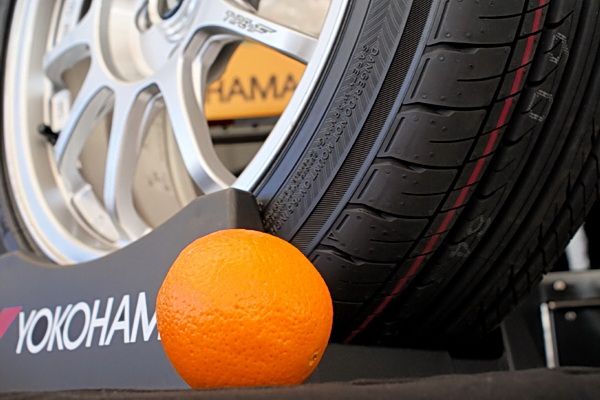 They discuss the costs and expenses, the materials to be used, and the duration to fix the machine upon analyzing its complexity. A shop mechanic monitors the shop inventory, assemble parts, and upgrade engines and machinery for optimal performance.
They discuss the costs and expenses, the materials to be used, and the duration to fix the machine upon analyzing its complexity. A shop mechanic monitors the shop inventory, assemble parts, and upgrade engines and machinery for optimal performance.
The next role we're going to look at is the shop mechanic profession. Typically, this position earns a higher pay. In fact, they earn a $9,001 higher salary than tire technicians per year.
A similarity between the two careers of tire technicians and shop mechanics are a few of the skills associated with both roles. We used resumes from both professions to find that both use skills like "customer service," "commercial vehicles," and "cleanliness. "
But both careers also use different skills, according to real tire technician resumes. While tire technician responsibilities can utilize skills like "customer satisfaction," "safety standards," "battery," and "customer vehicles," some shop mechanics use skills like "hand tools," "preventative maintenance," "hydraulic systems," and "cdl.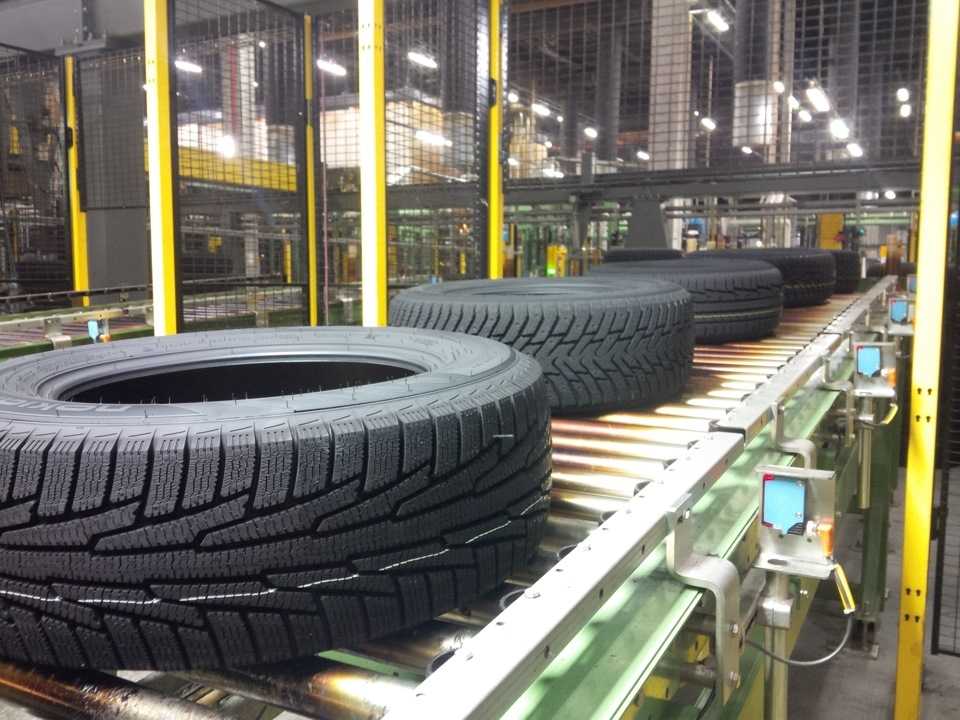 "
"
It's been discovered that shop mechanics earn higher salaries compared to tire technicians, but we wanted to find out where shop mechanics earned the most pay. The answer? The government industry. The average salary in the industry is $43,954. Additionally, tire technicians earn the highest paychecks in the retail with an average salary of $39,695.
When it comes to the differences in education between the two professions, shop mechanics tend to reach similar levels of education than tire technicians. In fact, they're 0.3% more likely to graduate with a Master's Degree and 0.0% less likely to earn a Doctoral Degree.
An auto mechanic's role is to repair and maintain automotive vehicles, ensuring that they function efficiently and safely. They are primarily responsible for discussing issues with clients, inspecting vehicles to identify the root of problems, performing test drives, and conducting corrective measures. Sometimes this is done in collaboration with other mechanics to ensure accuracy and speed. They can also replace oil, brakes, and even other fluids. Moreover, an auto mechanic must inform the extent of repairs to clients, letting them know which parts need replacement or fixes.
They can also replace oil, brakes, and even other fluids. Moreover, an auto mechanic must inform the extent of repairs to clients, letting them know which parts need replacement or fixes.
The auto mechanic profession generally makes a higher amount of money when compared to the average salary of tire technicians. The difference in salaries is auto mechanics making $3,307 higher than tire technicians.
By looking over several tire technicians and auto mechanics resumes, we found that both roles utilize similar skills, such as "customer service," "commercial vehicles," and "customer vehicles." But beyond that the careers look very different.
As mentioned, these two careers differ between other skills that are required for performing the work exceedingly well. For example, gathering from tire technicians resumes, they are more likely to have skills like "customer satisfaction," "safety standards," "battery," and "groceries." But a auto mechanic might have skills like "diagnosis," "engine tune-ups," "engine repair," and "ase.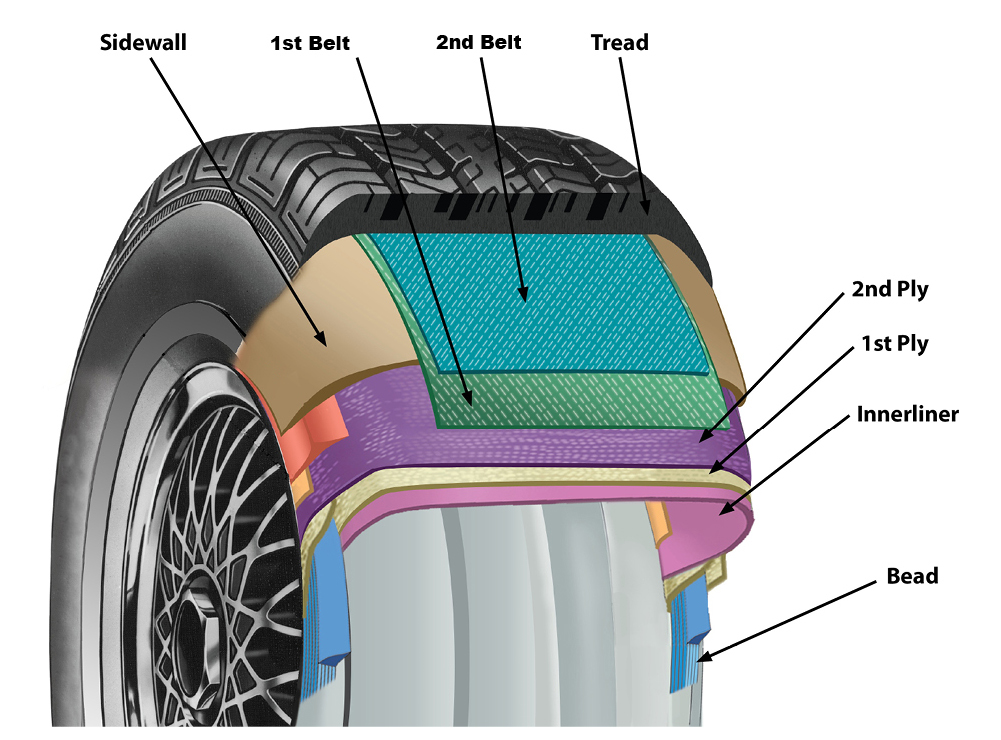 "
"
Interestingly enough, auto mechanics earn the most pay in the government industry, where they command an average salary of $43,229. As mentioned previously, tire technicians highest annual salary comes from the retail industry with an average salary of $39,695.
Auto mechanics typically study at similar levels compared with tire technicians. For example, they're 0.5% more likely to graduate with a Master's Degree, and 0.0% more likely to earn a Doctoral Degree.
A light wheel mechanic is responsible for maintaining the optimal performance and efficiency of light-wheeled vehicles used for industrial operations, especially in a military setting. Light wheel mechanics inspect the condition of the vehicle's engine, perform preventive maintenance, replace defective components, assemble upgrade systems based on schematics and blueprints, and create resolution reports for reference. They must have excellent knowledge of the auto-mechanic industry to determine faults and identify repairs, avoiding delays, complications, and hazards during operations.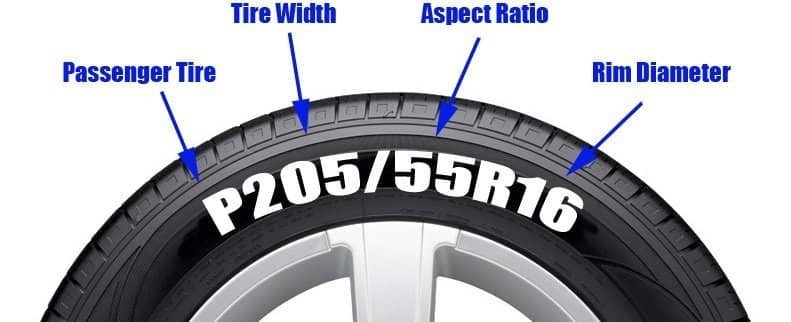
Now, we'll look at light wheel mechanics, who generally average a higher pay when compared to tire technicians annual salary. In fact, the difference is about $3,572 per year.
While both tire technicians and light wheel mechanics complete day-to-day tasks using similar skills like hoists, oil changes, and vehicle maintenance, the two careers also vary in other skills.
While some skills are shared by these professions, there are some differences to note. "customer service," "commercial vehicles," "customer satisfaction," and "safety standards" are skills that have shown up on tire technicians resumes. Additionally, light wheel mechanic uses skills like mechanical problems, electrical systems, equipment systems, and mos on their resumes.
In general, light wheel mechanics reach similar levels of education when compared to tire technicians resumes. Light wheel mechanics are 1.9% more likely to earn their Master's Degree and 0.1% more likely to graduate with a Doctoral Degree.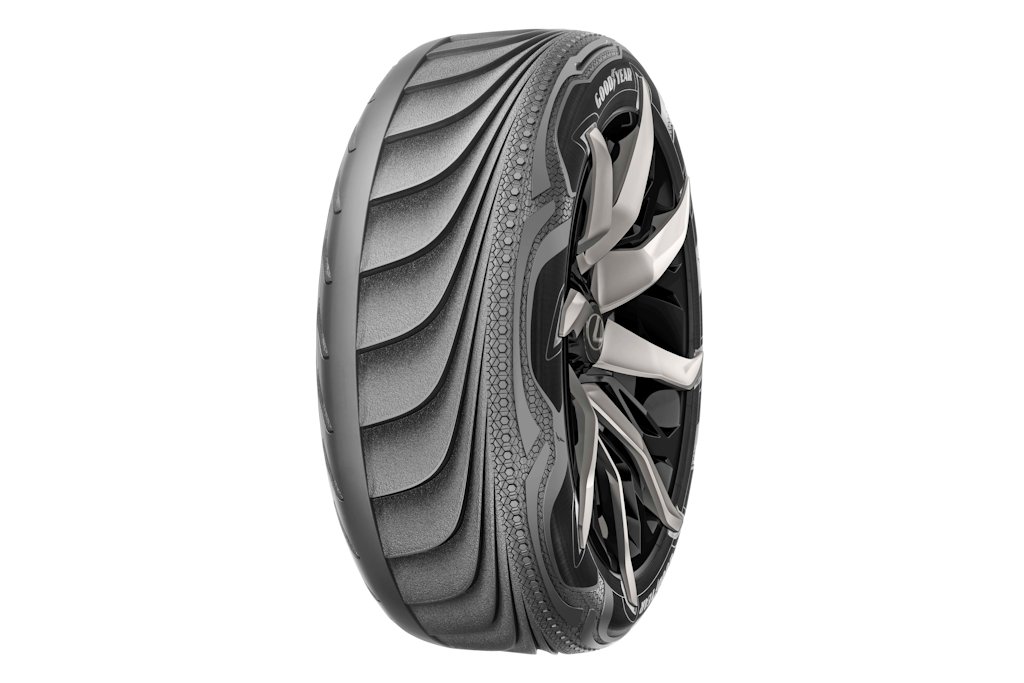
Research Summary. Using a database of 30 million profiles, Zippia estimates demographics and statistics for tire technicians in the United States. Our estimates are verified against BLS, Census, and current job openings data for accuracy. After extensive research and analysis, Zippia's data science team found that:
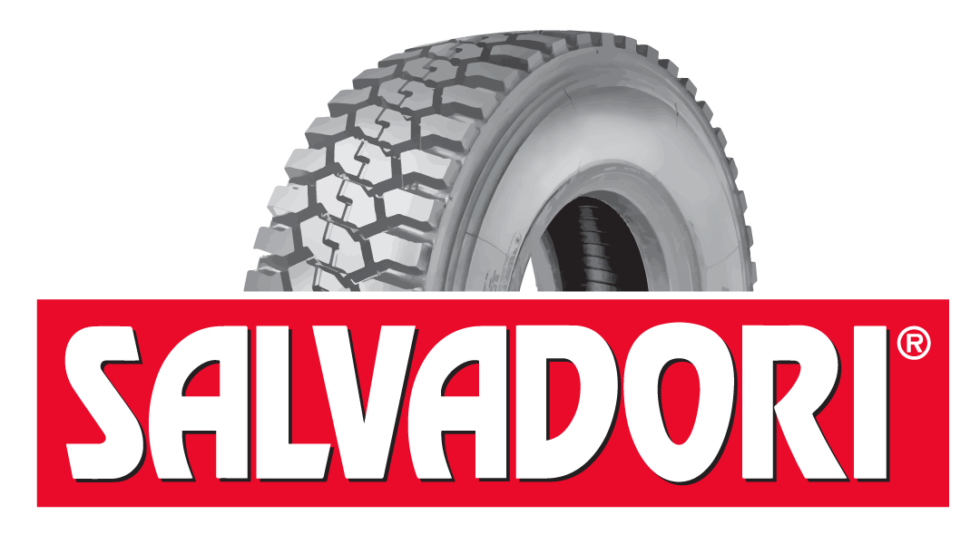
3.5% of tire technicians are women and 96.5% of tire technicians are men.
| Gender | Percentages |
|---|---|
| Male | 96.5% |
| Female | 3.5% |
Women Earn 99¢ For Every $1 Earned By Men
Male Income
$37,709
Female Income
$37,472
This data shows how men and women predominate in the tire technician position over time.
Female
| Year | Male | Female |
|---|---|---|
| 2010 | 95.58% | 4.42% |
| 2011 | 97.84% | 2.16% |
| 2012 | 97.09% | 2.91% |
| 2013 | 96.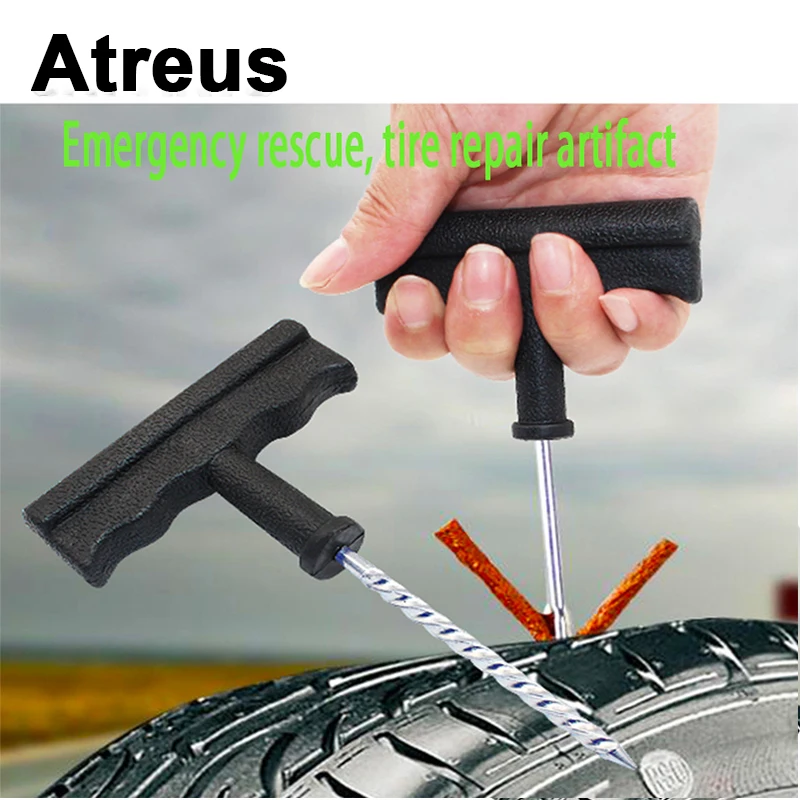 10% 10% | 3.90% |
| 2014 | 98.34% | 1.66% |
| 2015 | 96.98% | 3.02% |
| 2016 | 96.51% | 3.49% |
| 2017 | 98.12% | 1.88% |
| 2018 | 93.71% | 6.29% |
| 2019 | 94.69% | 5.31% |
We compared this job title with other job titles to see how gender percentages varied. As you can see, car repairman and farm equipment mechanic have the biggest difference in gender.
| Job Title | Male | Female |
|---|---|---|
| Phlebotomy Services Technician | 12% | 88% |
| Human Service Technician | 28% | 72% |
| Tire Technician | 97% | 3% |
| Crane Mechanic | 99% | 1% |
| Farm Equipment Mechanic | 99% | 1% |
| Car Repairman | 99% | 1% |
Car Repairman
Farm Equipment Mechanic
Crane Mechanic
Tire Technician
Human Service Technician
Phlebotomy Services Technician
The most common ethnicity among tire technicians is White, which makes up 68.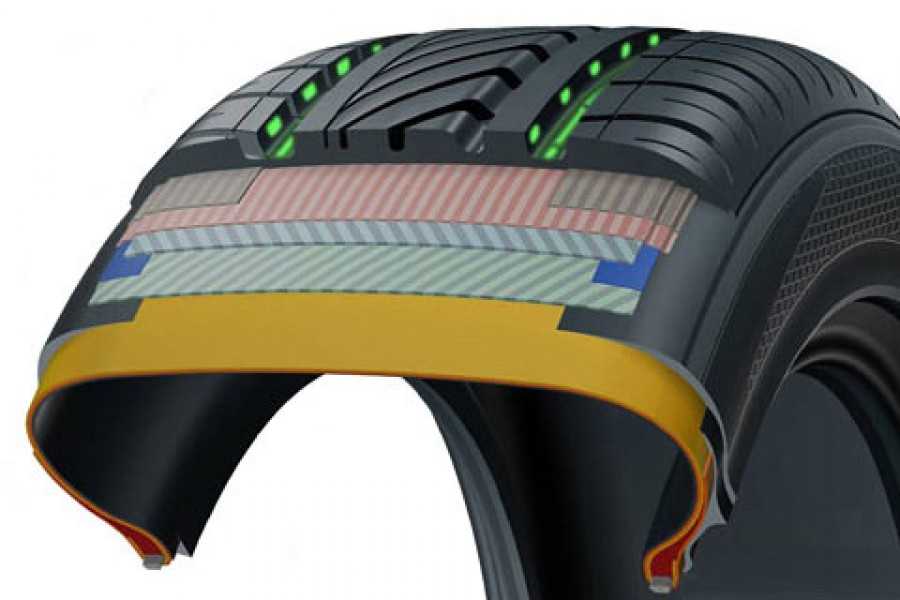 2% of all tire technicians. Comparatively, there are 17.4% of the Hispanic or Latino ethnicity and 10.0% of the Black or African American ethnicity.
2% of all tire technicians. Comparatively, there are 17.4% of the Hispanic or Latino ethnicity and 10.0% of the Black or African American ethnicity.
| Tire Technician Race | Percentages |
|---|---|
| White | 68.2% |
| Hispanic or Latino | 17.4% |
| Black or African American | 10.0% |
| Asian | 2.4% |
| Unknown | 1.5% |
| American Indian and Alaska Native | 0.5% |
Using the Census Bureau data, we found out how the percentage of each ethnic category trended between 2010-2019 among tire technicians.
| Year | White | Black or African American | Asian | Hispanic or Latino |
|---|---|---|---|---|
| 2010 | 65.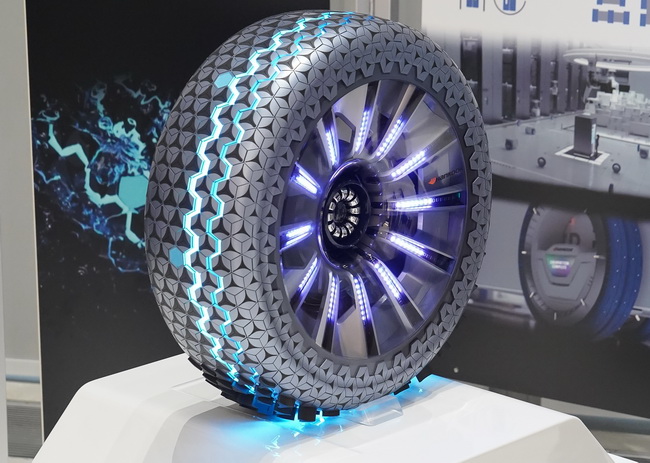 33% 33% | 12.16% | 1.50% | 18.26% |
| 2011 | 66.21% | 10.80% | 1.15% | 18.58% |
| 2012 | 68.47% | 9.27% | 2.84% | 16.33% |
| 2013 | 64.82% | 9.94% | 1.53% | 20.77% |
| 2014 | 63.60% | 10.39% | 1.70% | 21.03% |
| 2015 | 62.41% | 11.81% | 2.75% | 20.48% |
| 2016 | 64.85% | 9.40% | 2.16% | 19.90% |
| 2017 | 65.70% | 8.59% | 2.83% | 19.46% |
| 2018 | 65.70% | 9.09% | 1.53% | 20.22% |
| 2019 | 68.16% | 9.96% | 2.43% | 17.39% |
Service Technician Jobs
ResumeLocation
Maintenance Technician Jobs
ResumeLocation
Veterinary Technician Jobs
ResumeLocation
Pharmacist Technician Jobs
ResumeLocation
Technical Support Specialist Jobs
ResumeLocation
Medical Technologist Jobs
ResumeLocation
Medical Director Jobs
ResumeLocation
Physician Assistant Jobs
ResumeLocation
Teacher Jobs
ResumeLocation
Warehouse Associate Jobs
ResumeLocation
We determined the average age of tire technicians based on ethnicity and gender.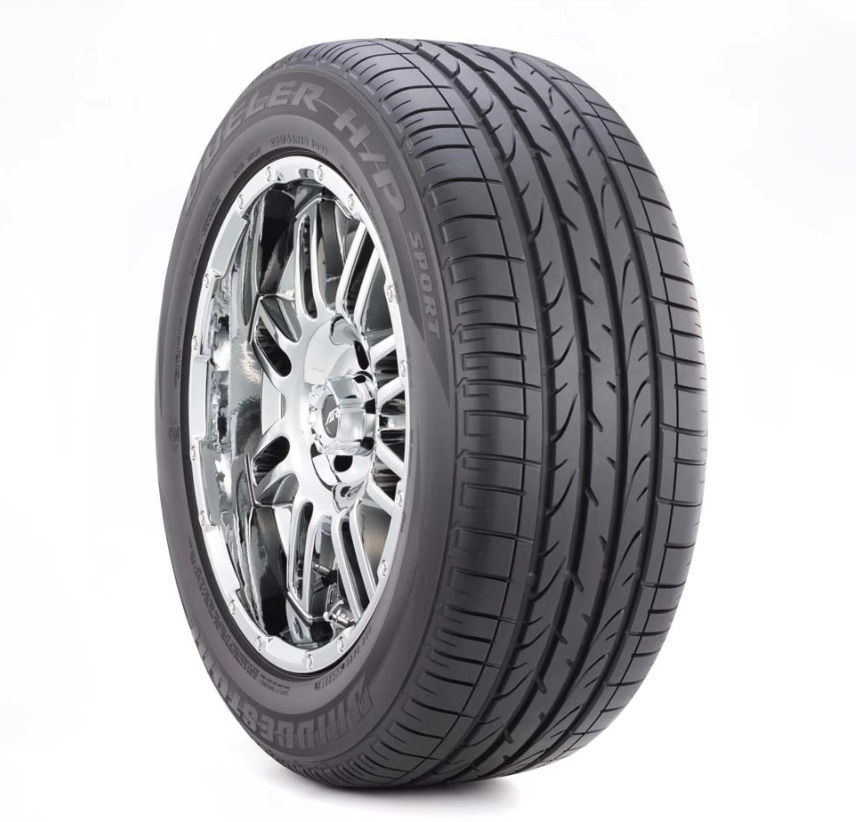
Female
Black or African American
Hispanic or Latino
33
35
37
39
41
43
| Race | Male Age | Female Age |
|---|---|---|
| White | 34 | 37 |
| Black or African American | 35 | |
| Asian | 39.5 | |
| Hispanic or Latino | 34 |
This chart breaks down the ages of tire technician employees. Interestingly enough, the average age of tire technicians is 40+ years old, which represents 35% of the population.
40+ years
30-40 years
20-30 years
0%
20%
40%
60%
80%
100%
| Tire Technician Years | Percentages |
|---|---|
| 40+ years | 35% |
| 30-40 years | 28% |
| 20-30 years | 34% |
The most common degree for tire technicians is high school diploma 56% of tire technicians earn that degree.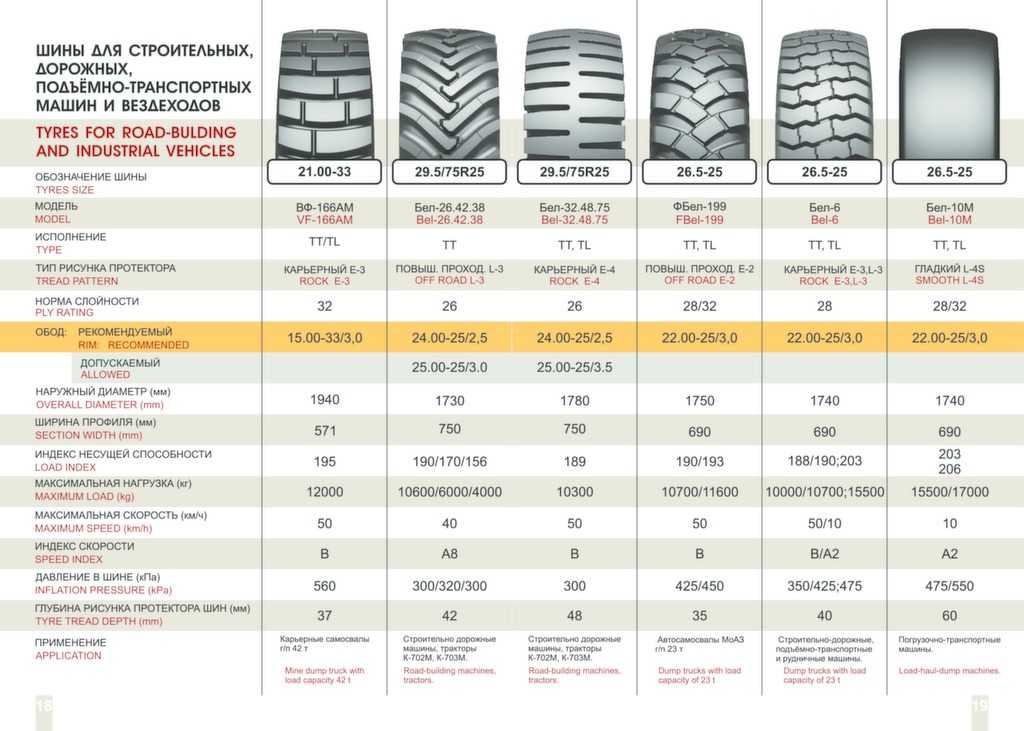 A close second is associate degree with 15% and rounding it off is diploma with 13%.
A close second is associate degree with 15% and rounding it off is diploma with 13%.
| Tire Technician Degree | Percentages |
|---|---|
| High School Diploma | 56% |
| Associate | 15% |
| Diploma | 13% |
| Bachelors | 10% |
| Other Degrees | 6% |
This section highlights information about where tire technicians work. We found most tire technicians work for a private company. In addition, the industry that employs the most tire technicians is the automotive industry.
We created this chart to show you the average size of companies that typically hire tire technicians.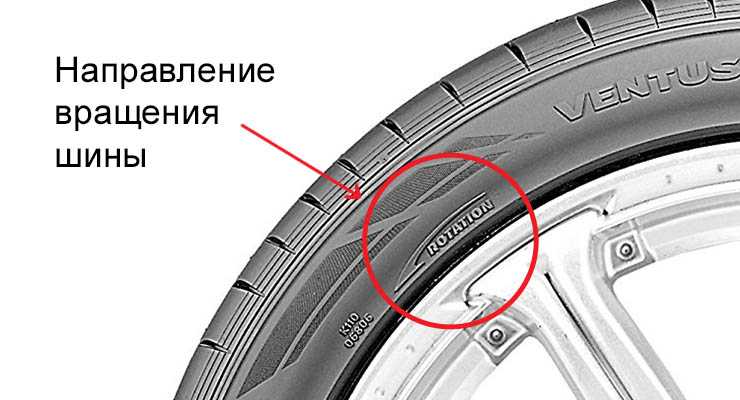
< 50 employees
50 - 100 employees
100 - 500 employees
500 - 1,000 employees
1,000 - 10,000 employees
> 10,000
0%
20%
40%
60%
80%
100%
| Company Size | Percentages |
|---|---|
| < 50 employees | 14% |
| 50 - 100 employees | 3% |
| 100 - 500 employees | 20% |
| 500 - 1,000 employees | 16% |
| 1,000 - 10,000 employees | 29% |
| > 10,000 employees | 19% |
Employees with the tire technician job title have their preferences when it comes to working for a company. For instance, most tire technicians prefer to work at private companies over public companies.
Education
Public
Private
Government
0%
20%
40%
60%
80%
100%
| Company Type | Percentages |
|---|---|
| Education | 1% |
| Public | 19% |
| Private | 79% |
| Government | 2% |
Just based on the number of employees within each industry, we were able to determine the most common industries that employ tire technicians. Those industries include automotive, retail and manufacturing.
Those industries include automotive, retail and manufacturing.
Automotive
Retail
Manufacturing
Fortune 500
Transportation
Show More
0%
20%
40%
60%
80%
100%
| Industry | Percentages |
|---|---|
| Automotive | 34% |
| Retail | 12% |
| Manufacturing | 9% |
| Fortune 500 | 8% |
| Transportation | 6% |
| Finance | 5% |
| Professional | 4% |
| Internet | 3% |
| Government | 3% |
| Technology | 3% |
| Utilities | 2% |
| Construction | 2% |
| Health Care | 2% |
| Hospitality | 2% |
| Start-up | 2% |
| Media | 1% |
| Telecommunication | 1% |
| Non Profits | 1% |
| Insurance | 1% |
| Education | 1% |
| Agriculture | 1% |
| Energy | 1% |
The Bureau of Labor Statistics came in clutch when it came down to figuring out how the unemployment rate has changed over time. Between 2008 and 2018, this is how the number of tire technicians changed.
Between 2008 and 2018, this is how the number of tire technicians changed.
| Year | Tire Technician Unemployment Rate |
|---|---|
| 2010 | 13.00% |
| 2011 | 12.53% |
| 2012 | 10.41% |
| 2013 | 10.26% |
| 2014 | 7.99% |
| 2015 | 9.44% |
| 2016 | 5.84% |
| 2017 | 5.89% |
| 2018 | 5.05% |
| 2019 | 4.93% |
By looking over 17,854 tire technicians resumes, we figured out that the average tire technician enjoys staying at their job for Less than 1 year for a percentage of 37%.
Less than one year
1-2 years
3-4 years
5-7 years
8-10 years
11+ years
0%
20%
40%
60%
80%
100%
| Number or Years | Percentages |
|---|---|
| Less than 1 year | 37% |
| 1-2 years | 34% |
| 3-4 years | 12% |
| 5-7 years | 11% |
| 8-10 years | 3% |
| 11+ years | 3% |
After finding the gender ratio, we wondered if the percentages of LGBT persons were different as well.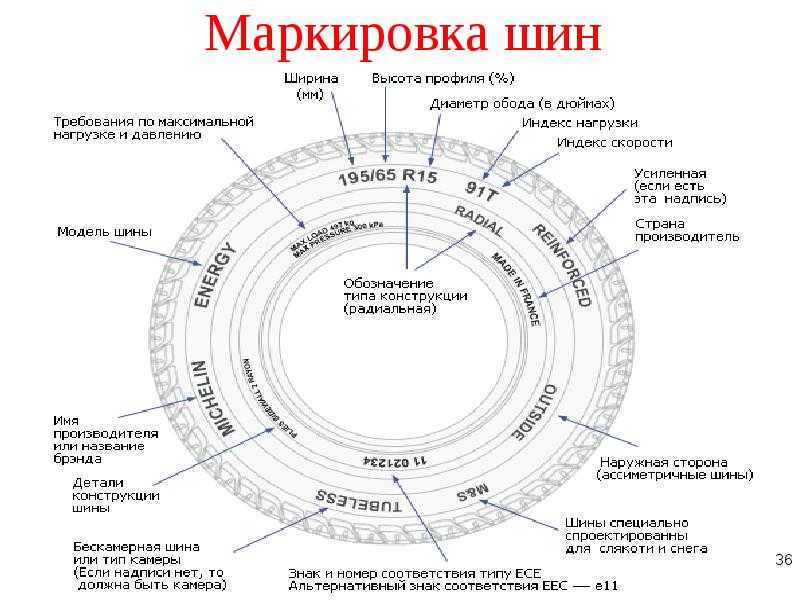 Using the data below, you can see how other job titles compare to tire technicians.
Using the data below, you can see how other job titles compare to tire technicians.
| Job Title | LGBT | Job Openings |
|---|---|---|
| Diesel Technician | 1.29% | 128,944 |
| Roof Service Technician | 1.44% | 74,024 |
| Smog Check Technician | 1.72% | 62,798 |
| Body Mechanic Apprentice | 1.99% | 43,297 |
| Gas Engine Mechanic | 2.14% | 36,230 |
| Tire Technician | 2.91% | |
| Structures Mechanic | 3.67% | 38,406 |
Structures Mechanic
Tire Technician
Gas Engine Mechanic
Body Mechanic Apprentice
Smog Check Technician
Roof Service Technician
Diesel Technician
0%
1%
2%
3%
4%
5%
| Profession | Percentages of LGBT | Job Openings |
|---|---|---|
| Diesel Technician | 1.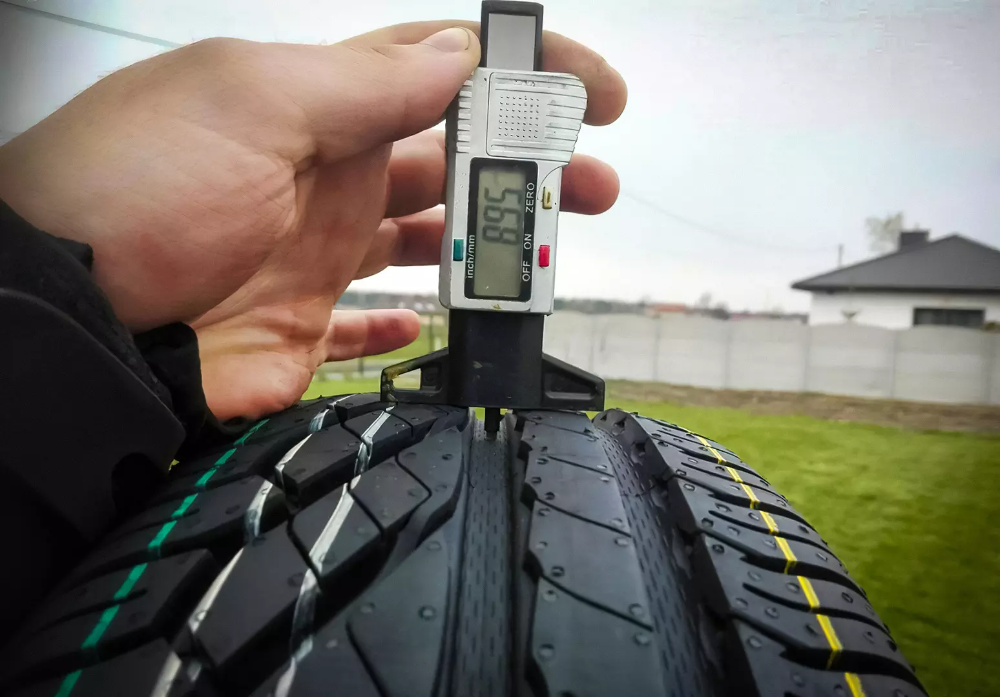 29% 29% | 128,944 |
| Roof Service Technician | 1.44% | 74,024 |
| Smog Check Technician | 1.72% | 62,798 |
| Body Mechanic Apprentice | 1.99% | 43,297 |
| Gas Engine Mechanic | 2.14% | 36,230 |
| Structures Mechanic | 3.67% | 38,406 |
The most common foreign language among tire technicians is Spanish at 79.7%. The second-most popular foreign language spoken is French at 2.8% and Hmong is the third-most popular at 2.4%.
| Foreign Language | Percentages |
|---|---|
| Spanish | 79.7% |
| French | 2.8% |
| Hmong | 2.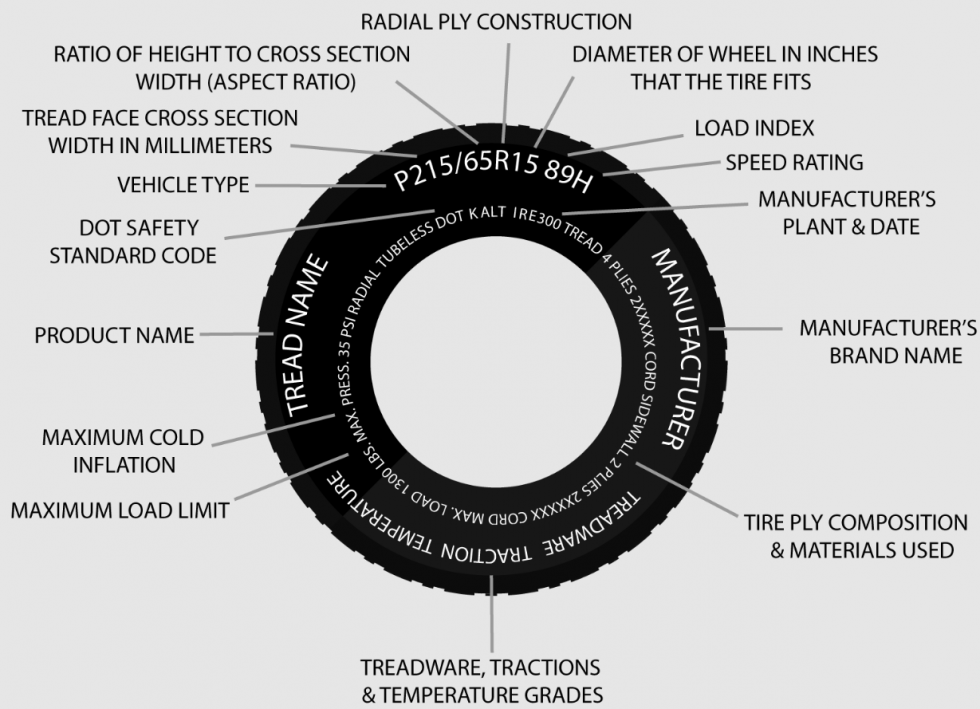 4% 4% |
| Russian | 1.6% |
| Thai | 1.6% |
| Other | 11.9% |
Where Do Tire Technicians Earn The Most?
Tire technicians earn the most in New Jersey, where the average tire technician salary is $41,121. The map here shows where tire technicians earn the highest salaries in the U.S. The darker areas across the 50 states highlight the highest salaries.
Average Salary
Which State Has The Most Tire Technicians?
By looking through more than 17,854 resumes, we found that the most popular places for tire technicians are Houston, TX and Phoenix, AZ.
Number of Tire Technicians
| Rank | State | Number of Jobs | Average Salary |
|---|---|---|---|
| 1 | Texas | 3,931 | $37,317 |
| 2 | California | 3,621 | $39,866 |
| 3 | Florida | 3,531 | $35,351 |
| 4 | New York | 2,545 | $40,073 |
| 5 | Georgia | 2,172 | $38,245 |
| 6 | Pennsylvania | 2,126 | $36,733 |
| 7 | Illinois | 2,061 | $36,249 |
| 8 | Ohio | 2,020 | $34,744 |
| 9 | North Carolina | 1,902 | $38,476 |
| 10 | New Jersey | 1,495 | $41,121 |
| 11 | Virginia | 1,457 | $37,256 |
| 12 | Michigan | 1,443 | $36,309 |
| 13 | Indiana | 1,422 | $33,636 |
| 14 | Tennessee | 1,319 | $35,283 |
| 15 | Massachusetts | 1,304 | $37,817 |
| 16 | Iowa | 1,276 | $39,303 |
| 17 | Washington | 1,237 | $38,321 |
| 18 | Minnesota | 1,233 | $35,164 |
| 19 | Colorado | 1,151 | $34,973 |
| 20 | Arizona | 1,126 | $36,684 |
| 21 | Maryland | 1,076 | $38,160 |
| 22 | Missouri | 1,046 | $39,108 |
| 23 | Wisconsin | 1,045 | $39,080 |
| 24 | South Carolina | 1,027 | $38,148 |
| 25 | Alabama | 872 | $35,840 |
| 26 | Oregon | 850 | $40,702 |
| 27 | Kentucky | 839 | $36,241 |
| 28 | Louisiana | 761 | $34,563 |
| 29 | Connecticut | 650 | $38,774 |
| 30 | Utah | 613 | $37,015 |
| 31 | Oklahoma | 605 | $39,115 |
| 32 | Nebraska | 523 | $37,309 |
| 33 | Mississippi | 504 | $36,766 |
| 34 | Nevada | 485 | $38,236 |
| 35 | Arkansas | 466 | $37,583 |
| 36 | Kansas | 458 | $37,410 |
| 37 | Maine | 356 | $33,593 |
| 38 | New Hampshire | 339 | $37,230 |
| 39 | Idaho | 338 | $37,630 |
| 40 | New Mexico | 322 | $36,040 |
| 41 | Montana | 291 | $33,643 |
| 42 | West Virginia | 235 | $39,585 |
| 43 | Delaware | 230 | $39,429 |
| 44 | South Dakota | 204 | $34,465 |
| 45 | Alaska | 198 | $32,264 |
| 46 | Rhode Island | 195 | $40,985 |
| 47 | North Dakota | 181 | $39,084 |
| 48 | Vermont | 163 | $36,646 |
| 49 | Hawaii | 150 | $32,292 |
| 50 | Wyoming | 100 | $38,312 |
| 51 | District of Columbia | 82 | $41,856 |
Where Are Tire Technicians In High Demand?
Tire technicians are in high demand in Indianapolis, IN.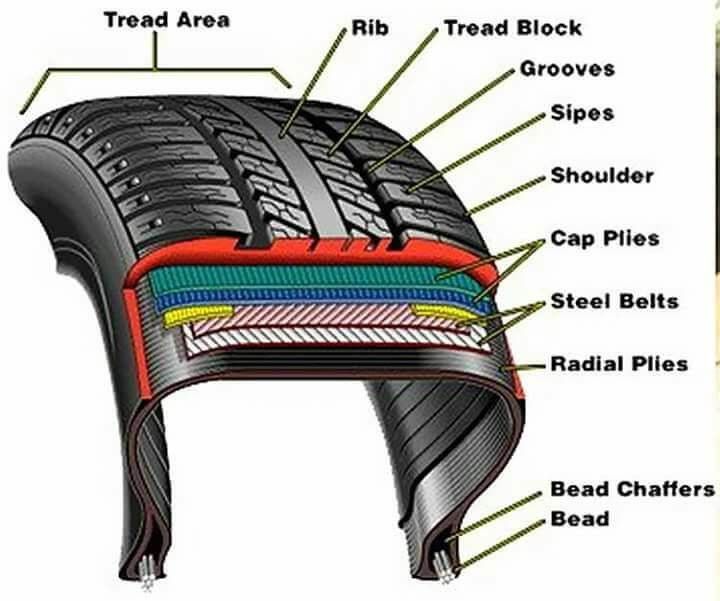 There are currently 19 job openings for tire technicians here. We looked over job openings to determine where in the country tire technicians are in the most demand.
There are currently 19 job openings for tire technicians here. We looked over job openings to determine where in the country tire technicians are in the most demand.
Jobs Openings
There are over 89,524 Tire Technicians in the United States.
10.0% of Tire Technicians are Black or African American
Most a are White, with 68.2% of Tire Technicians belonging to this ethnicity. 17.4% of Tire Technicians are Hispanic or Latino, 10.0% of Tire Technicians are Black or African American, 2.4% of Tire Technicians are Asian, 1.5% of Tire Technicians are Unknown, and 0.5% of Tire Technicians are American Indian and Alaska Native
Yes, Tire Technician jobs are male - dominated. 96% of Tire Technicians are male, and 3% are female, so there are more male Tire Technicians than female Tire Technicians in the United States.
The average Tire Technician is 36 years old. 35% of Tire Technicians are 40+ years old or older, 28% are between the ages of 30-40 years, and 34% are between 20-30 years old
Have more questions? See all answers to common installation, maintenance and repair questions.
Do you want to choose a tire for your car, but do not understand tire markings well? It's not a problem! In this section, we will help you figure out what tire parameters are, what they mean, and which tire is right for your car.
Find tires / tire catalog
195/65 R15 91 TXL
nine0002 195 is the tire width in mm. 65 - Proportionality, i.e. profile height to width ratio. In our case, it is equal to 65%. Simply put, with the same width, the larger this indicator, the higher the tire will be and vice versa.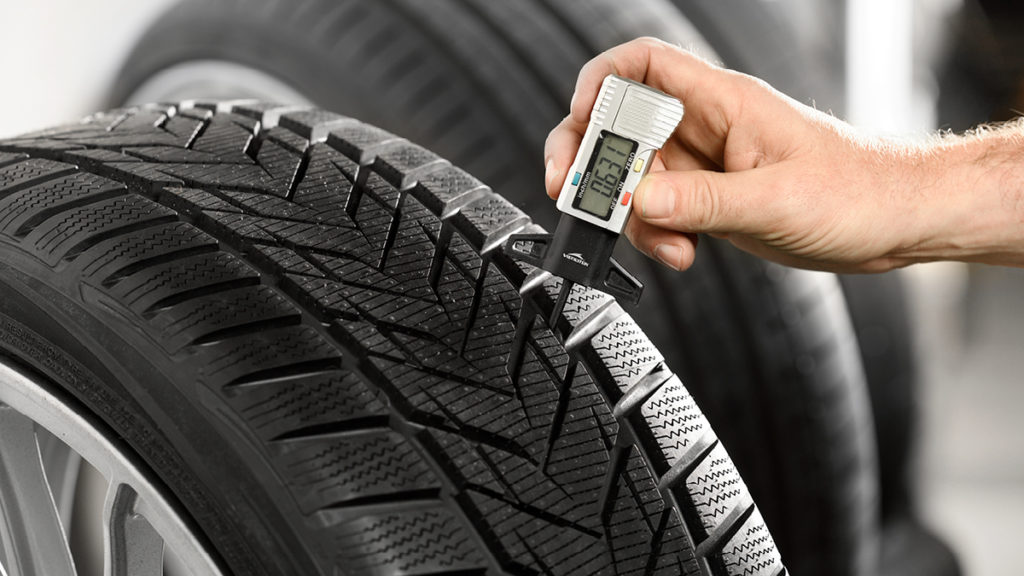 Usually this value is simply called “profile”.
Usually this value is simply called “profile”.
Since the tire profile is a relative value, it is important to take into account when choosing rubber that if you want to put tires with a size of 205/65 R15 instead of the size 195/65 R15, then not only the width of the tire will increase, but also the height! Which in most cases is unacceptable! (except when both of these sizes are indicated in the car's operating book). You can calculate the exact data on changing the outer dimensions of the wheel in a special tire calculator. nine0003
If this ratio is not specified (for example, 185/R14C), then it is equal to 80-82% and the tire is called full profile. Reinforced tires with this marking are usually used on minibuses and light trucks, where a large maximum wheel load is very important.
R - means a tire with a radial cord (in fact, almost all tires are made this way now).
Many mistakenly believe that R- means the radius of the tire, but this is precisely the radial design of the tire.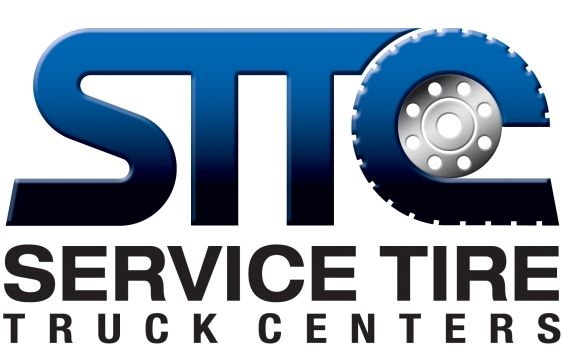 There is also a diagonal design (indicated by the letter D), but recently it has practically not been produced, since its performance is noticeably worse. nine0003
There is also a diagonal design (indicated by the letter D), but recently it has practically not been produced, since its performance is noticeably worse. nine0003
15 - wheel (rim) diameter in inches. (It is the diameter, not the radius! This is also a common mistake). This is the “landing” diameter of the tire on the disk, i.e. is the inside size of the tire or the outside of the rim.
91 - load index. This is the level of maximum permissible load on one wheel. For passenger cars, it is usually done with a margin and is not a decisive factor when choosing tires (in our case, IN - 91 - 670 kg.). For minibuses and small trucks, this parameter is very important and must be observed. nine0003
T - tire speed index. The larger it is, the faster you can ride on this tire (in our case, IS - H - up to 210 km / h). Speaking about the tire speed index, I would like to note that with this parameter, the tire manufacturer guarantees the normal operation of the rubber when the car is constantly moving at the specified speed for several hours.
There are two different markings for American tires. The first one is very similar to the European one, only the letters “P” (Passanger - for a passenger car) or “LT” (Light Truck - light truck) are placed before the size. For example: P 195/60 R 14 or LT 235/75 R15. And another tire marking, which is fundamentally different from the European one.
Example: 31x10.5 R15 (corresponding to European size 265/75 R15)
31 is the outside diameter of the tire in inches.
10.5 is tire width in inches.
R - a tire with a radial design (older tire models were with a diagonal design).
15 is the inner diameter of the tire in inches.
Generally speaking, except for inches that are unusual for us, the American tire marking is logical and more understandable, unlike the European one, where the height of the tire profile is not constant and depends on the width of the tire. And here everything is simple with decoding: the first digit of the standard size is the outer diameter, the second is the width, the third is the inner diameter. nine0003
And here everything is simple with decoding: the first digit of the standard size is the outer diameter, the second is the width, the third is the inner diameter. nine0003
XL or Extra Load is a reinforced tire, the load index of which is 3 units higher than that of conventional tires of the same size. In other words, if a given tire has a load index of 91 marked XL or Extra Load, then this means that with this index, the tire is able to withstand a maximum load of 670 kg instead of 615 kg (see the table of tire load indices).
nine0002 M+S or M&S tire marking (Mud + Snow) - mud plus snow and means that the tires are all-season or winter. Many summer tires for SUVs are labeled M&S. However, these tires must not be used in winter, as winter tires have a completely different rubber compound and tread pattern, and the M&S badge indicates good flotation performance.
All Season or AS all season tires. Aw (Any Weather) - Any weather. nine0003
Pictogram * (snowflake) — rubber is designed for use in harsh winter conditions. If this marking is not on the sidewall of the tire, then this tire is intended for use only in summer conditions.
Aquatred, Aquacontact, Rain, Water, Aqua or pictogram (umbrella) - special rain tires.
Outside and Inside ; asymmetric tires, i.e. It is important not to confuse which side is the outside and which is the inside. When installing, the Outside inscription must be on the outside of the car, and Inside on the inside. nine0003
RSC (RunFlat System Component) - RunFlat tires are tires on which you can continue to drive a car at a speed of no more than 80 km / h with a FULL drop in pressure in the tire (due to a puncture or cut). On these tires, depending on the manufacturer's recommendations, you can drive from 50 to 150 km.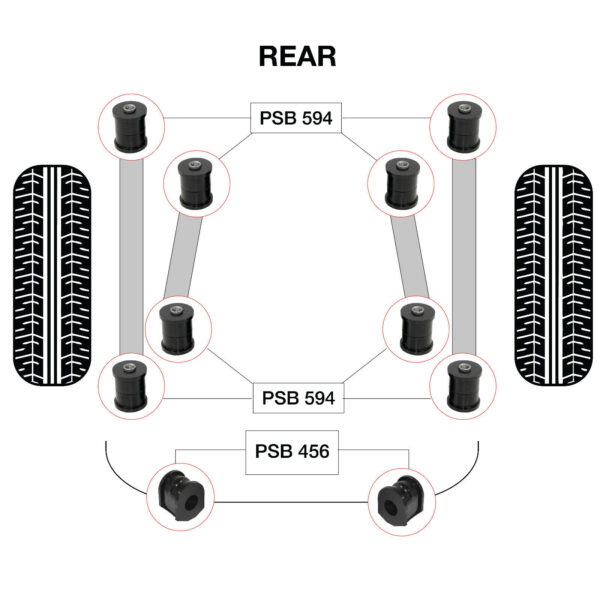 Different tire manufacturers use different designations for RSC technology. For example: Bridgestone RFT, Continental SSR, Goodyear RunOnFlat, Nokian Run Flat, Michelin ZP etc.
Different tire manufacturers use different designations for RSC technology. For example: Bridgestone RFT, Continental SSR, Goodyear RunOnFlat, Nokian Run Flat, Michelin ZP etc.
Rotation or arrow This marking on the tire sidewall indicates a directional tire. When installing the tire, you must strictly observe the direction of rotation of the wheel, indicated by the arrow.
Tubeless - tubeless tire. In the absence of this inscription, the tire can only be used with a camera. Tube Type - indicates that this tire must be used only with a tube.
Max Pressure ; maximum allowable tire pressure. Max Load - the maximum allowable load on each wheel of the car, in kg. nine0003
Reinforced or the letters RF in the size (for example 195/70 R15RF) means that this is a reinforced tire (6 layers). The letter C at the end of the size (for example 195/70 R15C) indicates a truck tire (8 layers).
Radial this marking on the rubber in the standard size means that this is a radial construction tire.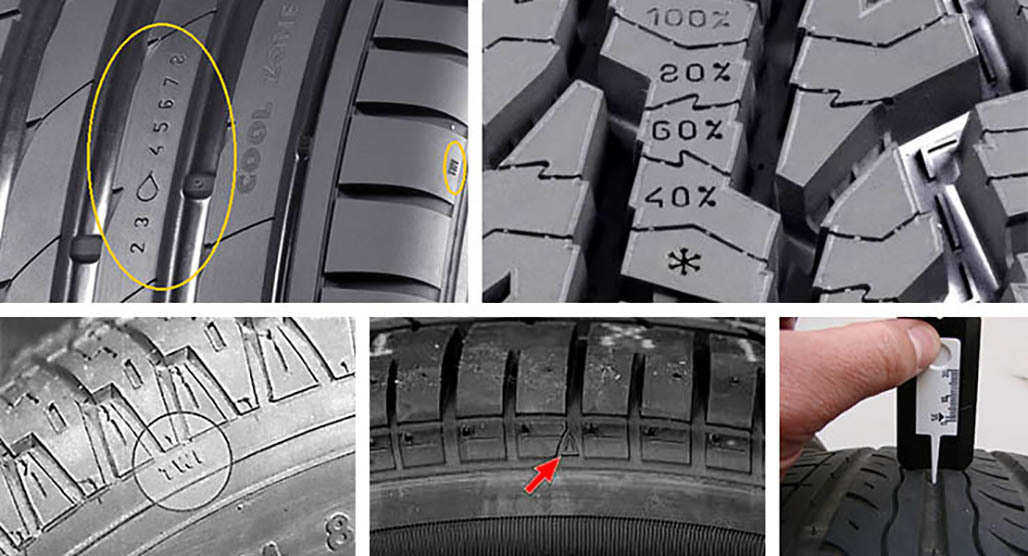 Steel means that there is a metal cord in the tire structure.
Steel means that there is a metal cord in the tire structure.
Letter E (in a circle) - the tire meets the European requirements of ECE (Economic Commission for Europe). DOT (Department of Transportation - US Department of Transportation) is an American quality standard. nine0003
Temperature A, B, or C Temperature resistance of the tire at high speeds on the test bench (A is best).
Traction A, B, or C Tire wet braking capability.
Treadwear ; relative expected mileage compared to a specific US standard test.
TWI (Tread Wear Indiration) - tire tread wear indicators. The marking on the TWI wheel can also be with an arrow. Pointers are located evenly in eight or six places around the entire circumference of the tire and show the minimum allowable tread depth. The wear indicator is made in the form of a protrusion with a height of 1.6 mm (the minimum tread value for light vehicles) and is located in the tread recess (usually in the drainage grooves).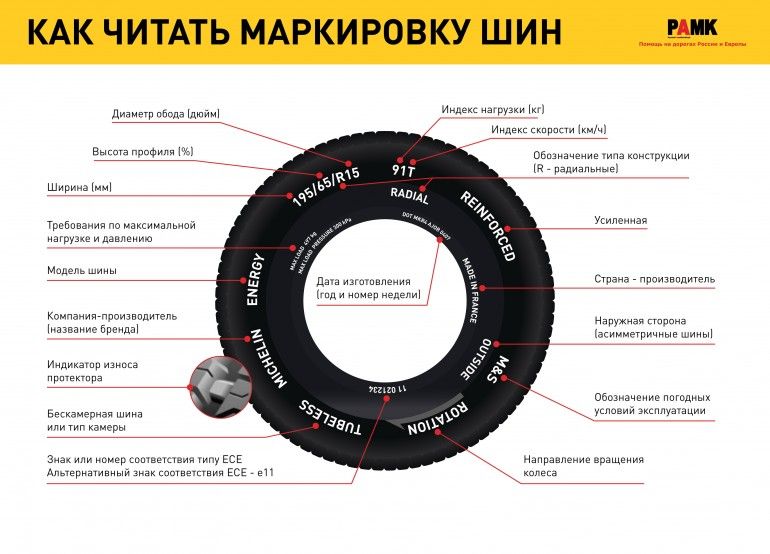 nine0003
nine0003
DOT - Manufacturer's coded address, tire size code, certificate, issue date (week/year).
Find tires / tire catalogTire design
Suppose that you, like me, are not experienced in choosing tires for your car and this tire selection guide will help you, firstly, understand the terms, and secondly, choose exactly the tires that are required for your car . nine0003
Purchase of tires
First of all, you need to determine which category of tires you need. Highway, winter, all-weather, high-speed or all-weather high-speed.
The (Highway) road tire is designed for use on wet or dry paved roads. The use of such tires in winter on ice or snow is unacceptable, since they do not have the necessary traction.
Winter tires (SNOW or MUD + SNOW - M+S) tires provide maximum grip on snow and ice. The tread has a characteristic pattern that ensures the removal of snow from the contact patch area, and is characterized by increased traction, and the use of special components in rubber compounds helps to maintain their properties even at very low temperatures. However, the improvement in traction is usually accompanied by a decrease in dry handling as a result of increased internal friction, as well as a higher level of driving noise and fairly rapid tread wear. nine0003
The tread has a characteristic pattern that ensures the removal of snow from the contact patch area, and is characterized by increased traction, and the use of special components in rubber compounds helps to maintain their properties even at very low temperatures. However, the improvement in traction is usually accompanied by a decrease in dry handling as a result of increased internal friction, as well as a higher level of driving noise and fairly rapid tread wear. nine0003
All season tires (ALL SEASON or ALL WEATHER) tires combine excellent traction on wet or snowy roads with sufficient handling, ride comfort and tread wear. Do not be fooled if you come across an inexpensive tire with a similar marking (all-season or all-weather), because. such tires are made according to the standards of countries in which climatic conditions throughout the year are far from Ukrainian.
Speed tires (PERFORMANCE) tires are designed for use on high-end cars. These tires are designed to provide increased traction and a higher level of handling.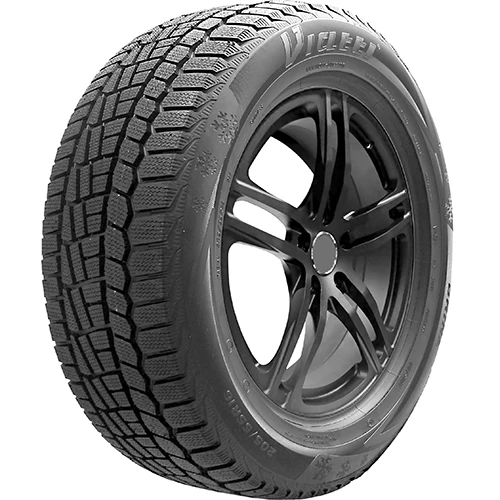 In addition, due to the special operating conditions, high-speed tires must withstand significant thermal loads. Motorists who buy performance tires are usually willing to accept the inconvenience of less comfort and faster wear in exchange for superior handling and traction. nine0003
In addition, due to the special operating conditions, high-speed tires must withstand significant thermal loads. Motorists who buy performance tires are usually willing to accept the inconvenience of less comfort and faster wear in exchange for superior handling and traction. nine0003
All Season Performance Tire (ALL SEASON PERFORMANCE) tires designed specifically for those who require improved performance in all year round driving, including driving on ice and snow. The creation of such tires became possible only thanks to modern technologies that have appeared in the past few years.
Several sizes fit one vehicle. This is due to the fact that for operation in winter it is recommended to install tires with a smaller profile width, and in summer - vice versa. In any case, tires of recommended sizes have approximately the same outer diameter circumference, which does not lead to distortion of the speedometer and odometer readings. nine0003
It is important to know that when calculating the recommended tire size, the manufacturer of your car takes into account almost all of its technical characteristics, including weight, acceleration dynamics, maximum speed, tendency to sideways, etc.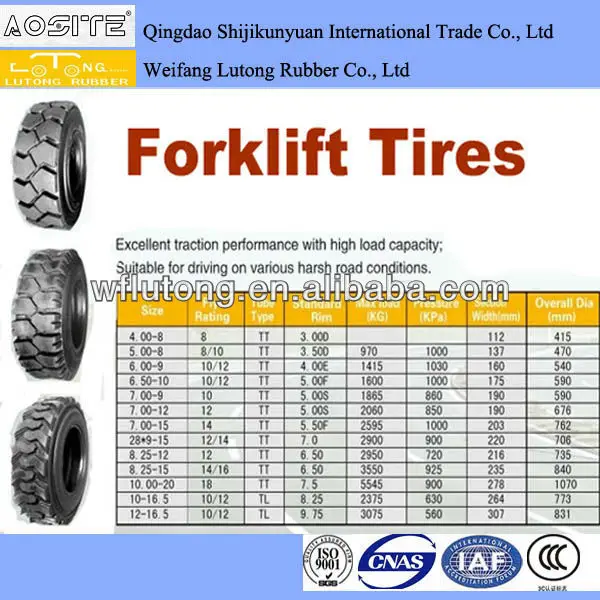 Therefore, by installing the recommended size, you provide yourself with the greatest possible guarantee of a safe and comfortable ride. In order to choose the right tires, it is necessary to establish in what conditions the car is supposed to be used. Ask yourself some questions. What is the climate in the area where you live? Do you spend more time driving in the city or on the highway? The more questions, the easier the choice. nine0003
Therefore, by installing the recommended size, you provide yourself with the greatest possible guarantee of a safe and comfortable ride. In order to choose the right tires, it is necessary to establish in what conditions the car is supposed to be used. Ask yourself some questions. What is the climate in the area where you live? Do you spend more time driving in the city or on the highway? The more questions, the easier the choice. nine0003
Please refer to your vehicle owner's manual or on a sticker affixed to the end of the door, the inside of the glove box or the fuel filler door for the correct tire size.
Tire marking
The sidewalls of the tire contain all the necessary information. Almost everything you need to know about a tire is printed on its sidewall. If you look at the sidewall of any tire, you will find an alphanumeric code there, which may look, for example, like this: 235 / 70R16 105H. Each letter and number contains important information to help you determine if the tire is right for your vehicle.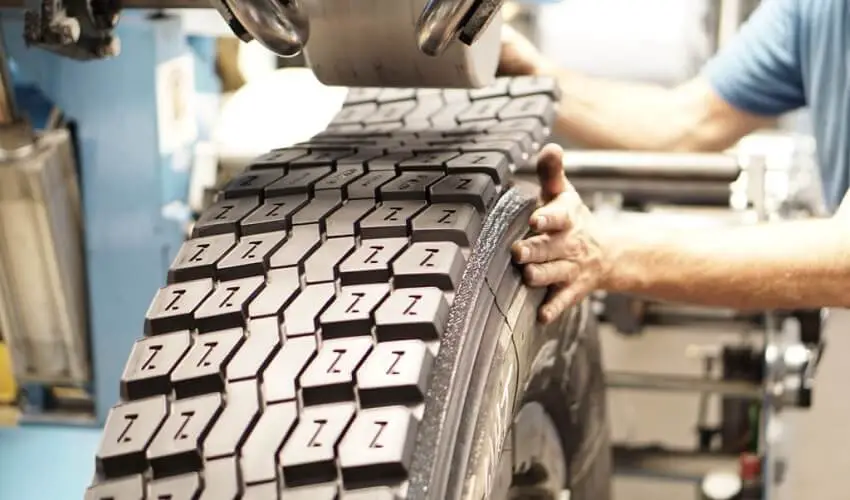 nine0003
nine0003
In some cases, additional letters are given before the alphanumeric code, indicating the type of vehicle for which the tire is intended. So, the letter "P" is placed on tires designed for passenger cars (Passenger), and "LT" - small commercial (Light Trucks) vehicles. The first number of the code, in our case 235, is the total width of the tire in millimeters. The second number, in our case 70, is the tire series, or the ratio of the height of the tire profile to its width. In the above notation, the height of the tire is 70% of its width. Further, as a rule, the letter "R" follows, meaning that the tire is radial (Radial). nine0003
The next number, 16, is the rim diameter in inches. In this example, 16 inches. The last number and the letter 105 I reflect the performance for which this tire is designed - the load index and the speed index.
So, let's repeat what we have done. The tire with the designation 235 / 70R16 105H has a width of 235 mm, series 70, is radial, corresponds to a wheel with a rim diameter of 16 inches, its load index is 105 (load of 925 kg), and its speed index is H (speed up to 210 km / h). It is also important to remember that the spelling of the tire characteristics designation may differ slightly from the above example for different manufacturers due to different approaches to certification. nine0003
It is also important to remember that the spelling of the tire characteristics designation may differ slightly from the above example for different manufacturers due to different approaches to certification. nine0003
In addition to the above, there are other designations that carry a lot of useful information. Knowing these simple designations, any car owner can easily purchase and properly operate tires.
TUBE TYPE - chamber design.
TUI - tubeless design.
TR - wear coefficient, determined in relation to the "base tire", for which it is equal to 100.
TRACTION A - friction coefficient, has the values A, B, C. Coefficient A has the highest friction value in its class. nine0063 E17 - compliance with European standards.
DOT - Compliant with US standards.
M+S (mud and snow), Winter (winter), Rain (rain). Water or Aqua (water), All Season North America (all-season for North America), etc. - tires designed for use in specific conditions.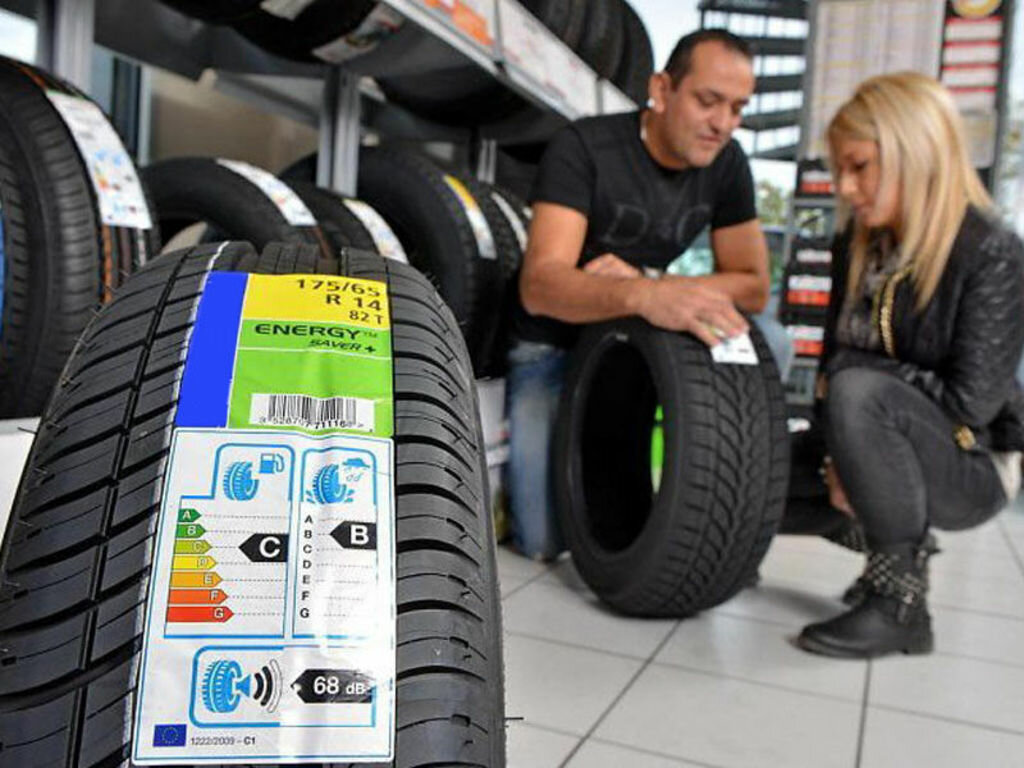
PLIES: TREAD - tread compound.
SIDEWALL - composition of the sidewall layer.
MAX LOAD - maximum load, kg / English pounds.
MAX PRESSURE - maximum internal tire pressure, kPa. nine0063 ROTATION - rotation direction.
Left (the tire is installed on the left side of the car), Right (the tire is installed on the right side of the car). Outside or Side Facing Out (outer side of the installation), Inside or Sido Facing Inwards (inner side of the installation) - for tires with an asymmetric tread pattern.
DA (stamp) - minor manufacturing defects that do not interfere with normal operation.
TWI D - Projector wear indicator pointer. The indicator itself is a protrusion at the bottom of the tread groove. When the tread wears down to the level of this ridge, it's time to change the tire. nine0063 GREAT BRITAIN - country of origin.
TEMPERATURE A - temperature conditions, an indicator characterizing the tire's ability to withstand temperature effects. It, like the previous one, is divided into three categories A, B and C.
It, like the previous one, is divided into three categories A, B and C.
Explanation of load indices
The load index (or load index, also called the load factor) is a conditional parameter. Some tire manufacturers decipher it: the tire may be written in full Max Load (maximum load) and a double figure is indicated in kilograms and English pounds. nine0003
Some models have different tire loads on the front and rear axles. The load index is a number from 0 to 279, corresponding to the load that the tire can withstand at maximum internal air pressure. There is a special table of load indexes, according to which its maximum value is determined. So, for example, an index value of 105 corresponds to a maximum load of 925 kg.
Load and speed indices
Most tires are marked with performance data such as load index (number) and speed index (letter). Below is a table of load and speed indices with corresponding values.
Letter Speed Indexes
The Maximum Allowable Speed Index is the allowable speed limit at which the tire is allowed to operate. It is applied to the sidewall of the tire in the form of a letter designation in Latin. A tire's speed index is denoted by a letter corresponding to the maximum speed for which the tire is certified. nine0003
It is applied to the sidewall of the tire in the form of a letter designation in Latin. A tire's speed index is denoted by a letter corresponding to the maximum speed for which the tire is certified. nine0003
As in the case of the load index, there is a table of speed index values from A (minimum value) to Z (maximum value). True, with one exception: the letter H falls out of the sequence and is between U and V, corresponding to speeds up to 210 km / h. Index "Q" corresponds to the minimum speed for passenger cars, and "V" applies to tires certified for speeds up to 240 km/h.
Conditional classification system for tire quality
In addition to the specifications described above, the sidewall of a tire can be marked with tire quality designations related to the so-called Tire Quality Provisional Classification System.
Wear index
The wear rate is the most important indicator of how long your tire will last.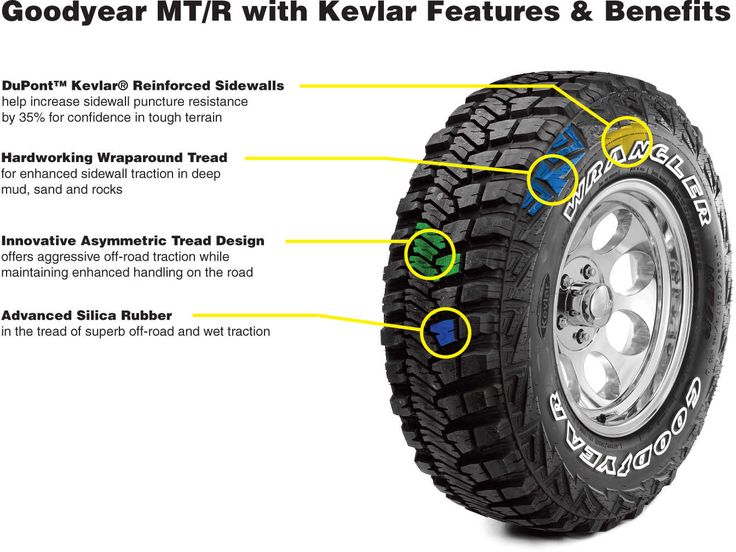 The tread of each tire is subject to wear and it is very important not to miss the moment when it has reached a critical level and the tire can no longer provide proper safety. nine0003
The tread of each tire is subject to wear and it is very important not to miss the moment when it has reached a critical level and the tire can no longer provide proper safety. nine0003
Each new tire model is tested according to an officially established methodology and is assigned a tread wear rating that theoretically corresponds to the tire's "life". IMPORTANT TO REMEMBER that wear is a theoretical value and cannot be directly related to the actual life of a tire, which is greatly influenced by road conditions, driving style, adherence to pressure recommendations, vehicle alignment and wheel rotation. The wear indicator is presented as a number from 60 to 620 with an interval of 20 units. The higher its value, the longer the protector withstands when tested according to the established method. nine0003
Clutch index
The grip index determines the braking properties of the tyre. They are measured by testing in a straight line on a wet surface. Letters from "A" to "C" are used to designate the adhesion index, while "A" corresponds to its maximum value.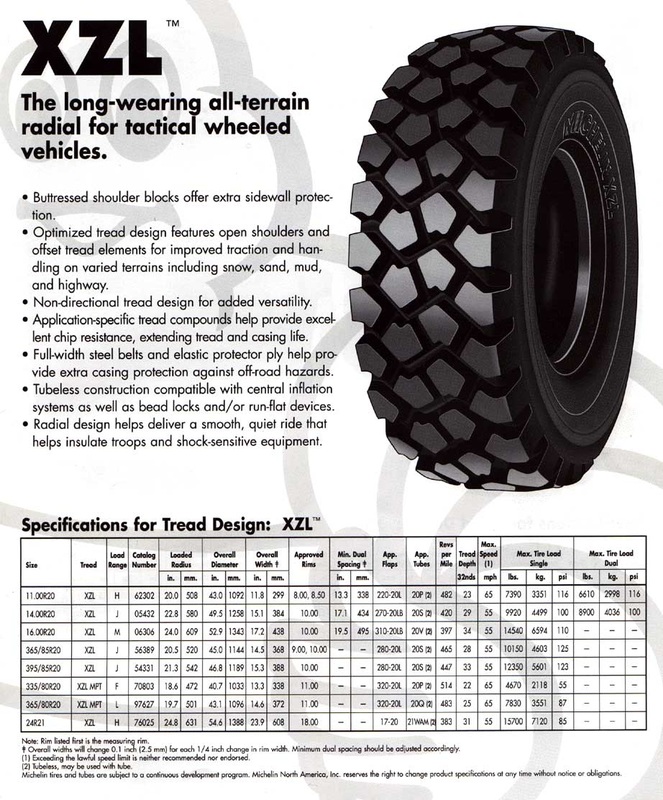
Temperature characteristic
The temperature characteristic indicates the tire's ability to withstand temperature conditions, which allows you to maintain the characteristics of the tire, laid down by the manufacturer, depending on the climatic conditions of use. This indicator is one of the most important due to the fact that tires made of rubber and other materials change their properties under the influence of high temperatures. In the case of a temperature characteristic, a letter index from "L" to "C" is also used, where "A" corresponds to the maximum resistance to heating. Therefore, winter tires, as a rule, are softer than summer tires and do not “tan” with a decrease in temperature; in summer, on the contrary, they begin to “melt”. The tread pattern of winter tires is much rougher, with many special recesses - sipes, on the sidewall there is usually a marking M + S (Mud + Snow) - mud and snow and / or Winter - winter. Thus, at the moment, the division of tires into summer and winter tires is pronounced.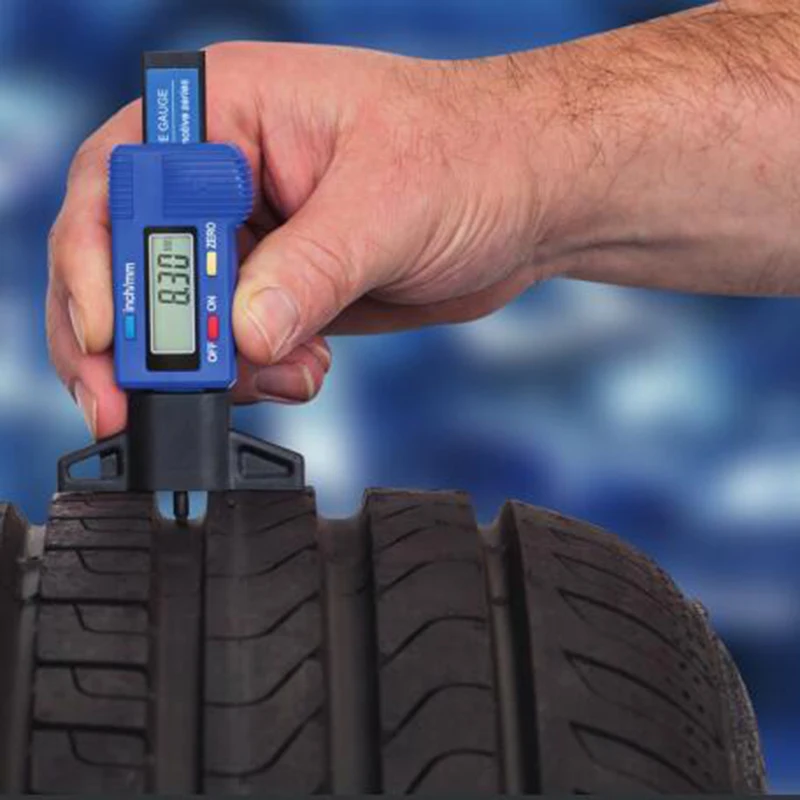 Although some manufacturers use technologies for producing tires suitable for all climatic conditions, such tires are still far from perfect. nine0003
Although some manufacturers use technologies for producing tires suitable for all climatic conditions, such tires are still far from perfect. nine0003
Maximum load, maximum internal pressure
For passenger car tires, the maximum load and maximum pressure designations indicate the maximum weight that can be carried at the maximum inflation pressure of the tire. For small commercial vehicle tires, maximum load and pressure are directly proportional.
DOT marking
The DOT marking is something like a "fingerprint" of a tire. Its presence indicates that the tire complies with the Department of Transportation's tire safety regulations and is approved for use. DOT is an American certification system. On tires supplied to the Russian market, the E mark is most often found, which indicates compliance with European standards. Such tags can be found both together and separately, it all depends on the country of manufacture. For example, consider the following marking: DOT M5h4 459X 064.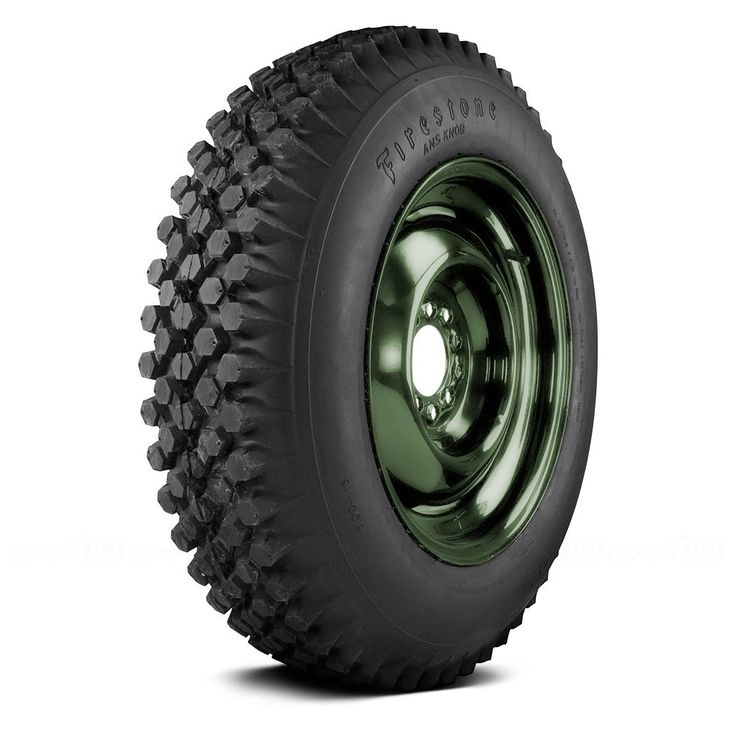 The first letters and numbers following the abbreviation DOT are used to identify the manufacturer and the factory code. The third, fourth and fifth letters, 59X, represent the size code that tires are optionally specified by their manufacturers to indicate their size and some characteristics. The last three digits indicate the date of manufacture: the first two refer to the week and the last to the year of manufacture. So, 064 means that the tire was made in the sixth week of 1994. All tires must comply with both international and Russian standards. nine0003
The first letters and numbers following the abbreviation DOT are used to identify the manufacturer and the factory code. The third, fourth and fifth letters, 59X, represent the size code that tires are optionally specified by their manufacturers to indicate their size and some characteristics. The last three digits indicate the date of manufacture: the first two refer to the week and the last to the year of manufacture. So, 064 means that the tire was made in the sixth week of 1994. All tires must comply with both international and Russian standards. nine0003
Pressure index
Tire inflation pressure affects the performance of your vehicle. Even the highest quality tires will not do their job if they run at the wrong pressure. Its exact value depends on the type of vehicle and, to some extent, on the choice of the driver. The recommended pressure for a given vehicle type is usually found on a sticker on the end of the door or interior pillar, or on the inside of the glove box and fuel filler cap.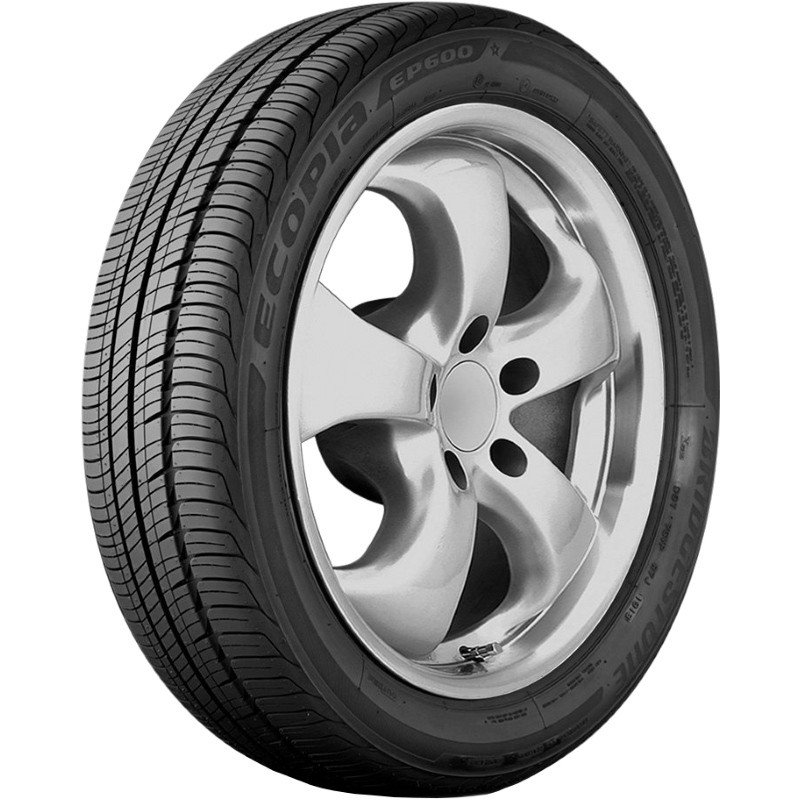 nine0003
nine0003
Most new tire models have a directional (arrowhead) tread pattern. It is believed that this type of pattern has better characteristics than the usual one. This is especially evident in critical road conditions. The direction of rotation of the wheel is indicated by an arrow labeled Rotation. The pattern can also be asymmetrical, i.e. tires are produced left and right and are installed on the corresponding side of the car. Such tires are marked Left - left or Right - right. The outer side of the installation is designated: utside or Side Facing Out and the inside: Inside or Side Facing Inwards. The asymmetric pattern is used in the production of tires with high speed characteristics. nine0003
Tire structure
At first glance, all tires look the same. Knowing the design of the tire will help you choose the right model, as modern technology dramatically improves handling, fuel economy and wear and tear compared to tires made just a few years ago.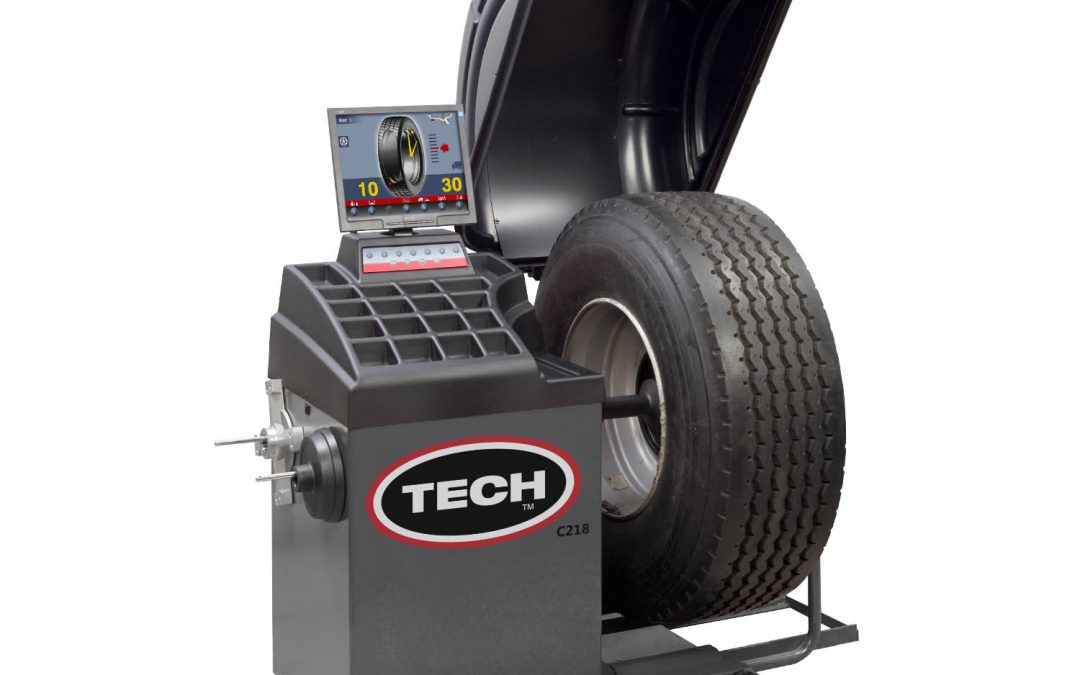
Modern tires are made up of different materials. Modern tires are a complex structure consisting of layers reinforced with metal or textile cords and a tread created by computer simulation. All this provides the best combination of performance for each type of tire. nine0003
In 1946, Michelin introduced the first radial tire. The main difference between a radial tire and a diagonal tire lies in the design of the carcass, which is located under the tread and is the skeleton of the tire.
The carcass is made of rubberized cords gathered together and forming layers. In a diagonal construction, these plies are arranged in such a way that the cords cross each other around the entire circumference of the tire. In a radial tire, the carcass ply is arranged so that the threads lie parallel to each other from bead to bead over the entire circumference of the tire. The breaker plies complete the carcass of a radial tire by enclosing it from the outside. nine0003
Bias tires have many disadvantages and design limitations.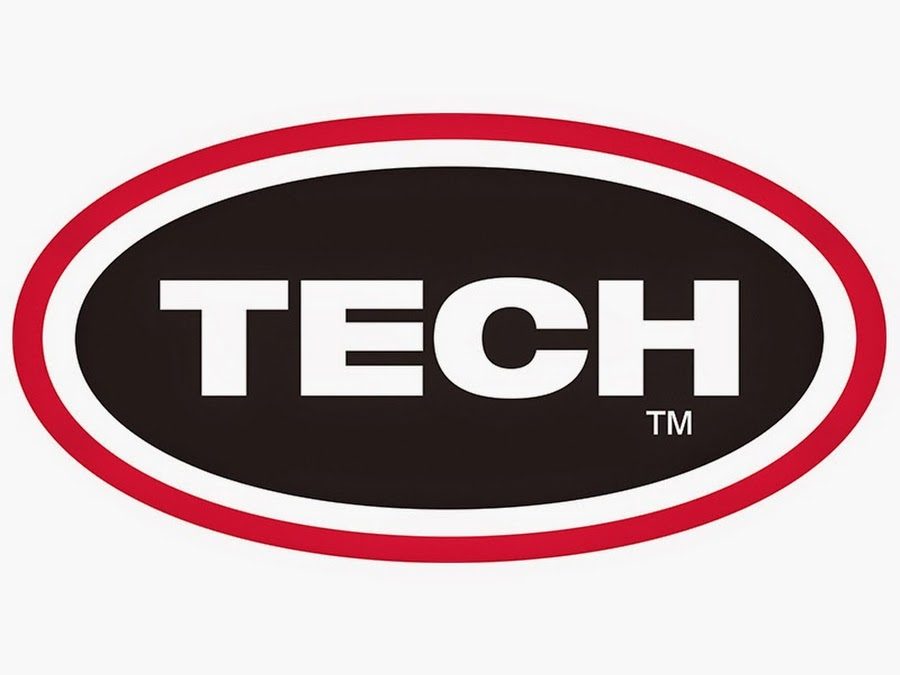 Since the cords cross over, the carcass of the tire is subject to high internal friction during operation. This leads to constant overheating and premature tire wear. The stiffness of the carcass of diagonal tires, due to their design, reduces handling and comfort.
Since the cords cross over, the carcass of the tire is subject to high internal friction during operation. This leads to constant overheating and premature tire wear. The stiffness of the carcass of diagonal tires, due to their design, reduces handling and comfort.
Radial construction with appropriate arrangement of carcass threads and steel cord breaker plies is flexible and absorbs road imperfections. At the same time, internal friction is significantly reduced, which leads to a multiple increase in the working life of tires. Other benefits include better traction, improved handling and comfort. nine0003
Tire service
An incorrectly installed or damaged tire endangers your life. How to avoid it? When mounting and demounting tires, the tire size must exactly match the rim diameter, otherwise the error may cause the tire to explode after installation. With all this in mind, entrust the mounting and dismounting of tires to professionals at a service station.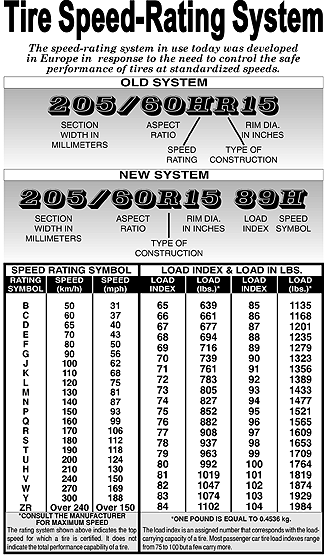
Regularly, at least once a month, check the pressure in each tire, including the spare wheel. Going on a fairly long journey, you should always check the pressure. The check must be carried out on a cold wheel: start at least three hours after stopping or before the car has traveled 1 km. Always use a pressure gauge to check pressure, do not rely on a simple wheel inspection. You should also not particularly trust the devices built into the pump hoses - it is better to buy an autonomous one, the readings of which are much more accurate. Remember, any tire loses pressure over time - this is a natural process. In warm and hot weather, tires should be checked more often than in cold weather. nine0003
Weather factors
It is important to take into account the factors that affect the behavior of tires in different climatic conditions. In summer, the greatest danger on the road occurs during rain, and its magnitude does not change whether it is raining or drizzling.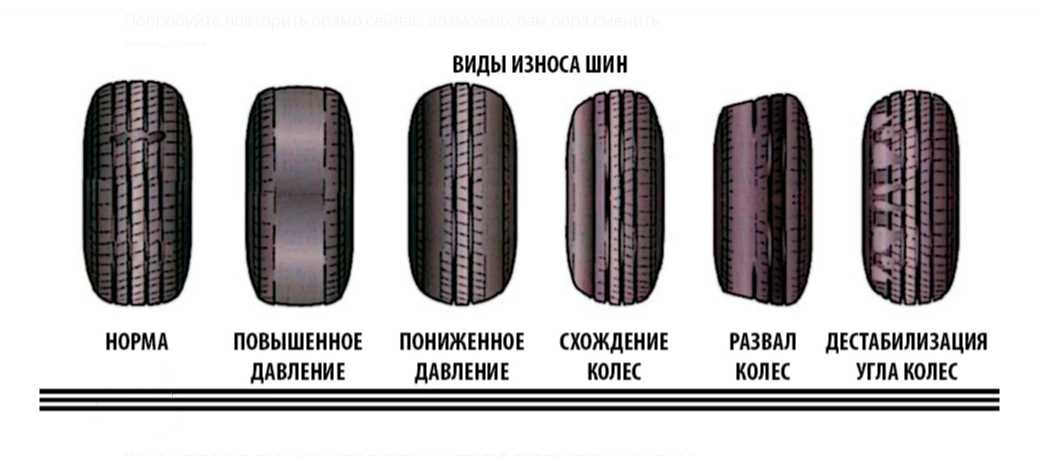 In the first case, the possibility of aquaplaning is not ruled out, when the car floats above the road and becomes practically uncontrollable; in the second, the road acquires some of the properties of an icy surface. nine0003
In the first case, the possibility of aquaplaning is not ruled out, when the car floats above the road and becomes practically uncontrollable; in the second, the road acquires some of the properties of an icy surface. nine0003
To combat this kind of trouble, tire manufacturers produce models with a tread pattern equipped with many water-repellent grooves. Some tires have special markings indicating that the tire is suitable for use in rainy conditions, for example. Rain - rain, Aqua - water, etc.; however, it may not be, but this does not mean that the tire is not designed for such conditions. On a winter road, the greatest danger to the driver is snow-covered areas, icy conditions, and driving on rolled snow and during a snow storm is also unsafe. In the manufacture of winter tires, these and many other factors are taken into account, manufacturers supply models designed for operation in winter conditions with their latest developments: special micro-lamellas, spikes of various designs, in addition, the composition of the material used in the production of winter tires has specific properties.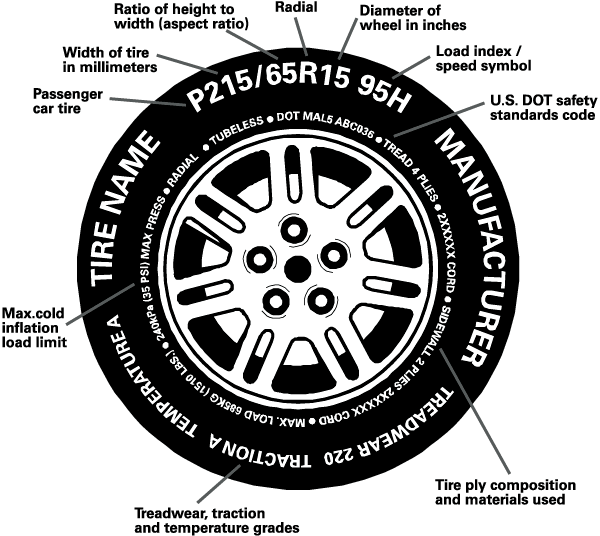 nine0003
nine0003
Maximum load
Do not exceed the maximum tire load rating indicated by the load index. Excessive load leads to overheating and possible destruction of the internal structure of the tire and tread.
Worn tires
The remaining tread depth must not be less than 6.35 mm. Wear indicator - stripes showing through worn tread also signal you when it's time to change your tires. nine0003
Tires, used
Do not buy used tires. This should be avoided because they may have serious internal damage resulting from operation under adverse conditions or due to the negligence of the previous owner.
Do not skid
If you get stuck while driving through mud or snow, do not skid. This leads to heating and overheating of the tires, which can cause damage and even explosion.
Tire balancing
When properly balanced, the weight of the wheel is evenly distributed over the entire circumference. The imbalance causes the wheel to hit, which causes vertical oscillation and horizontal swing of the entire car. Therefore, every time after mounting the tire on the rim, it is necessary to balance the wheel.
The imbalance causes the wheel to hit, which causes vertical oscillation and horizontal swing of the entire car. Therefore, every time after mounting the tire on the rim, it is necessary to balance the wheel.
Wheel alignment
Each car has its own unique camber pattern, where the wheels are specifically oriented in relation to each other and to the road to ensure their optimal response when the suspension is working. Violation of this adjustment not only leads to rapid and uneven tire wear, but also reduces handling. The alignment must be regularly checked and corrected at a service station equipped with the necessary equipment for this. nine0003
Wheel rotation
The purpose of wheel rotation is to ensure even tire wear. If the owner's manual does not specify the exact value of the interval between rearrangements, change the tires in places every 10-15 thousand kilometers.
Tire care
Tires should be cleaned regularly to remove objects that could damage the tread.